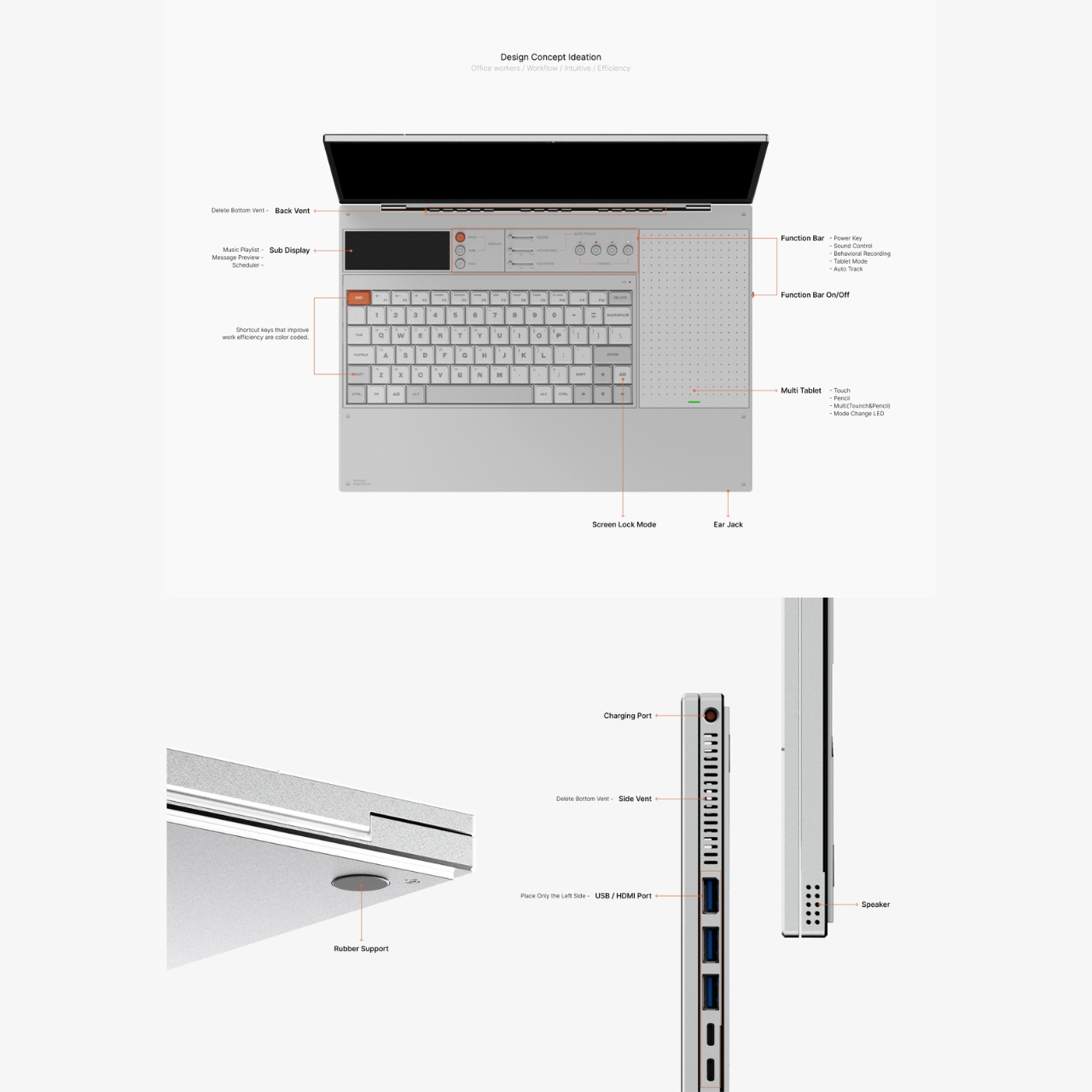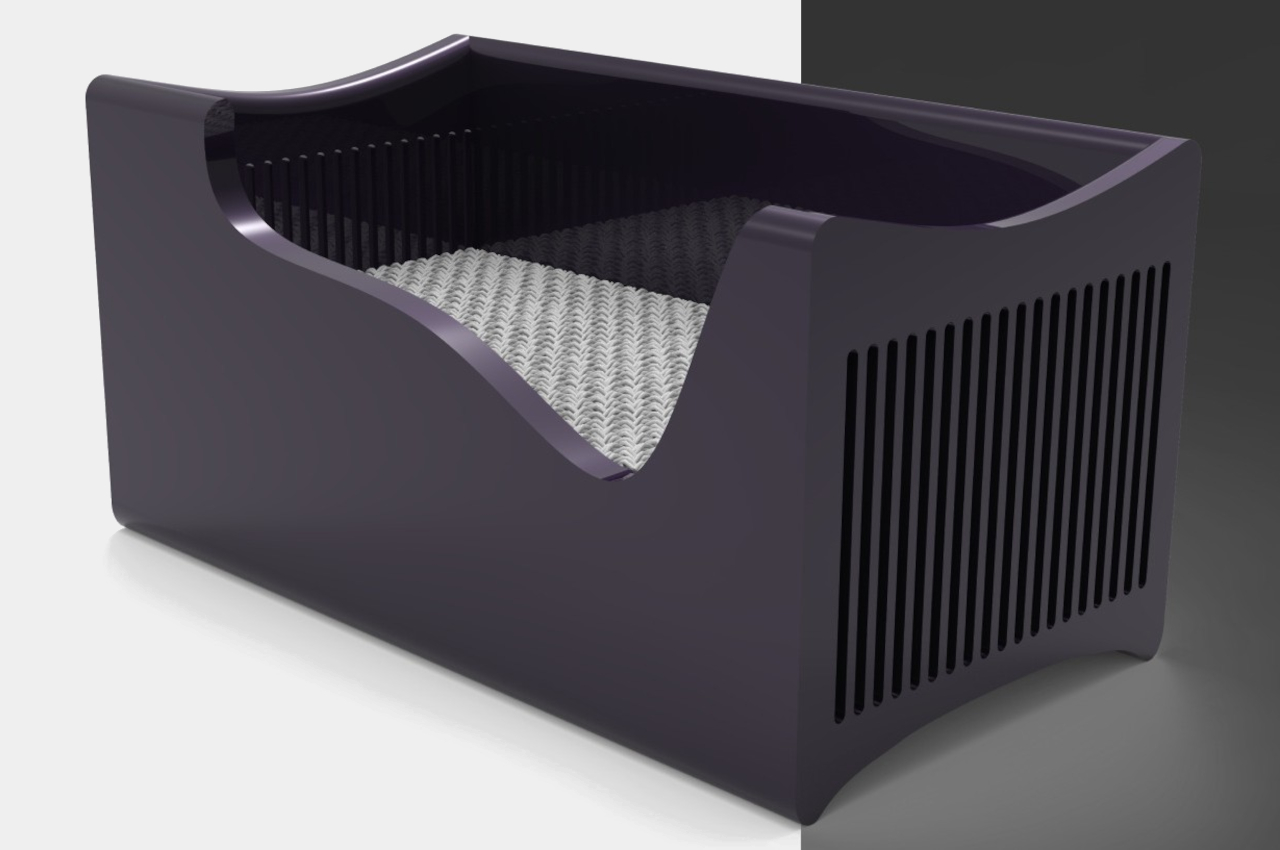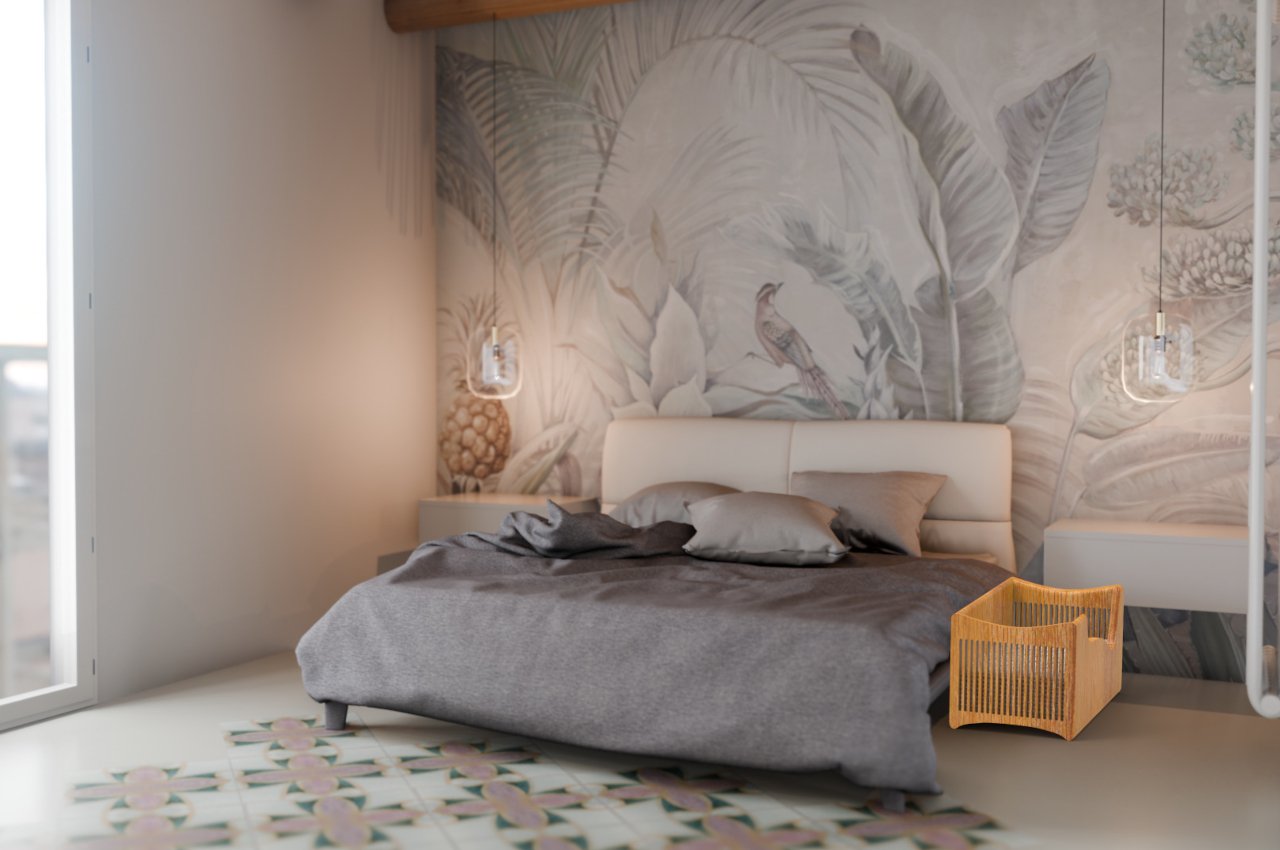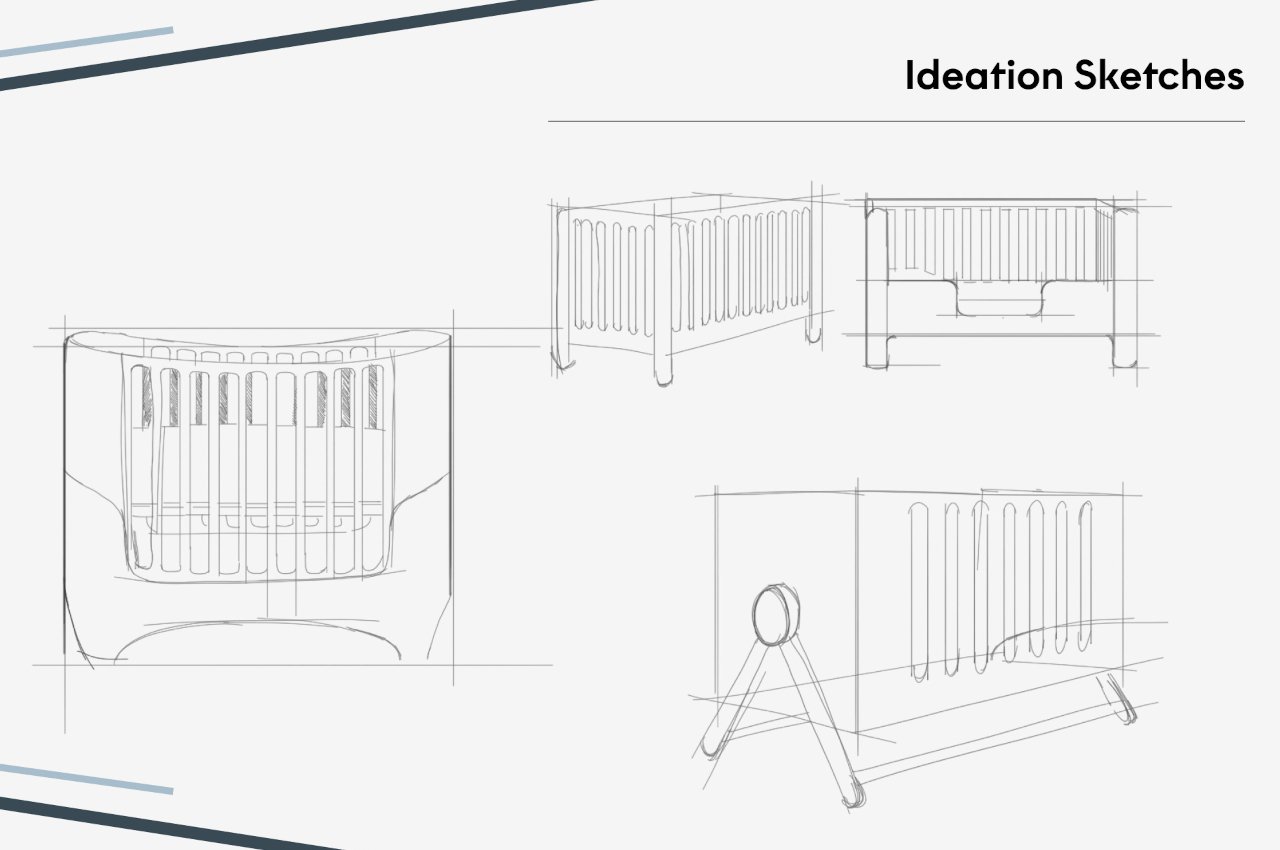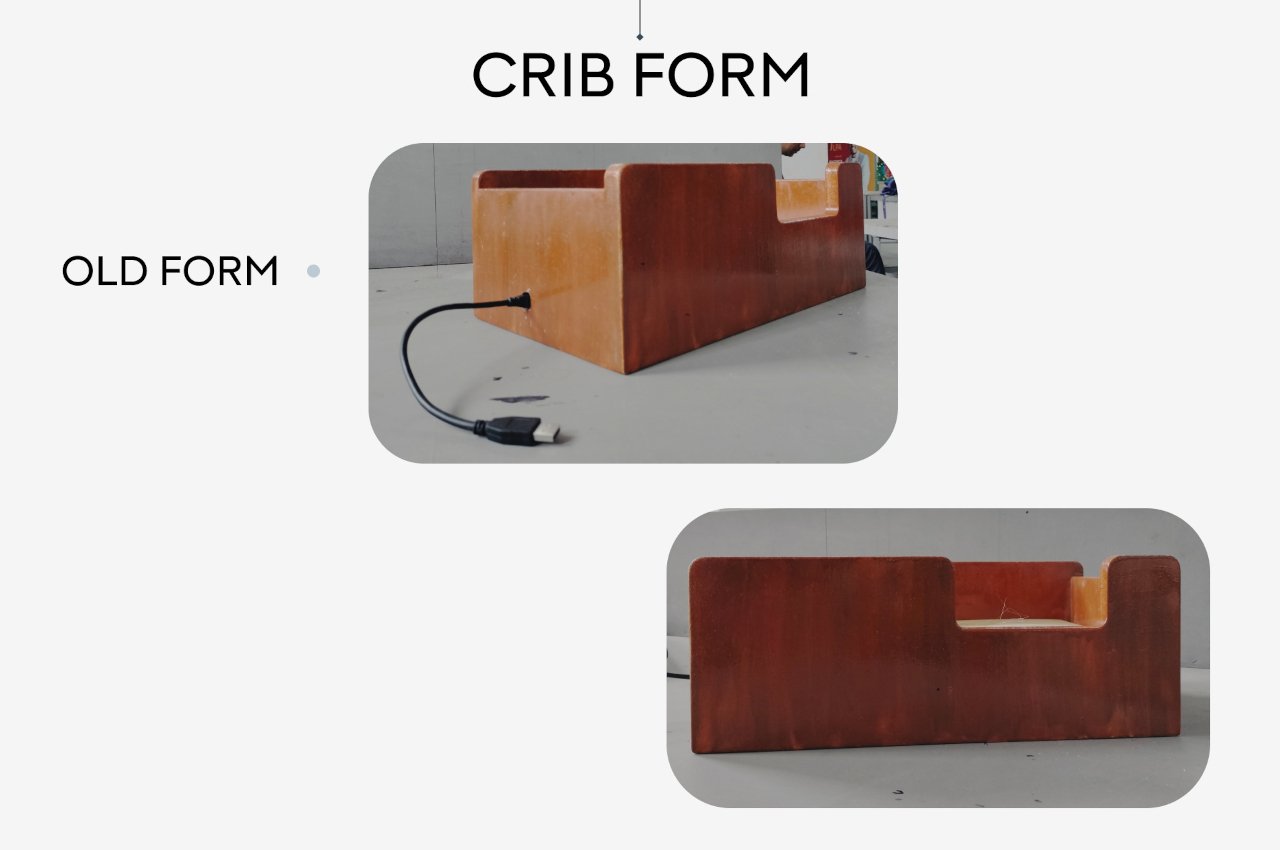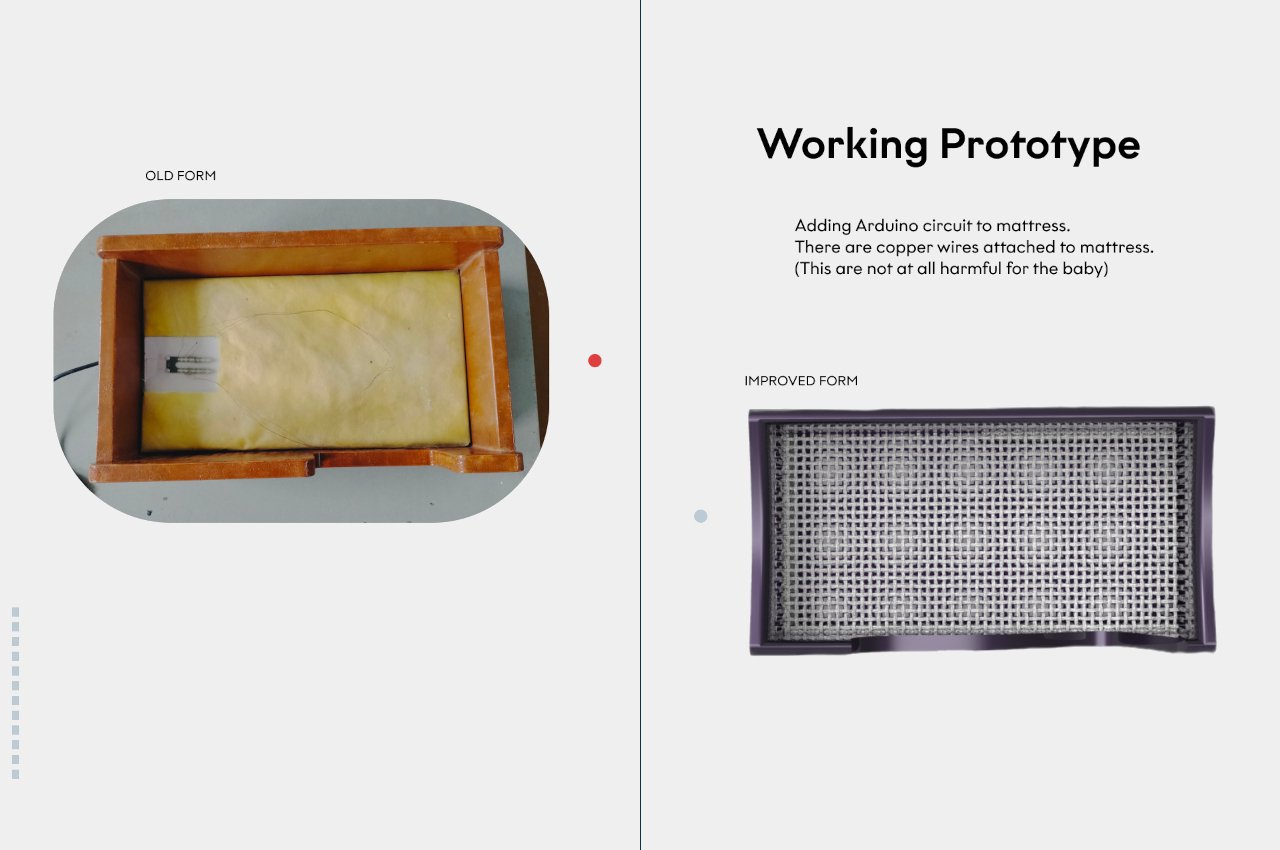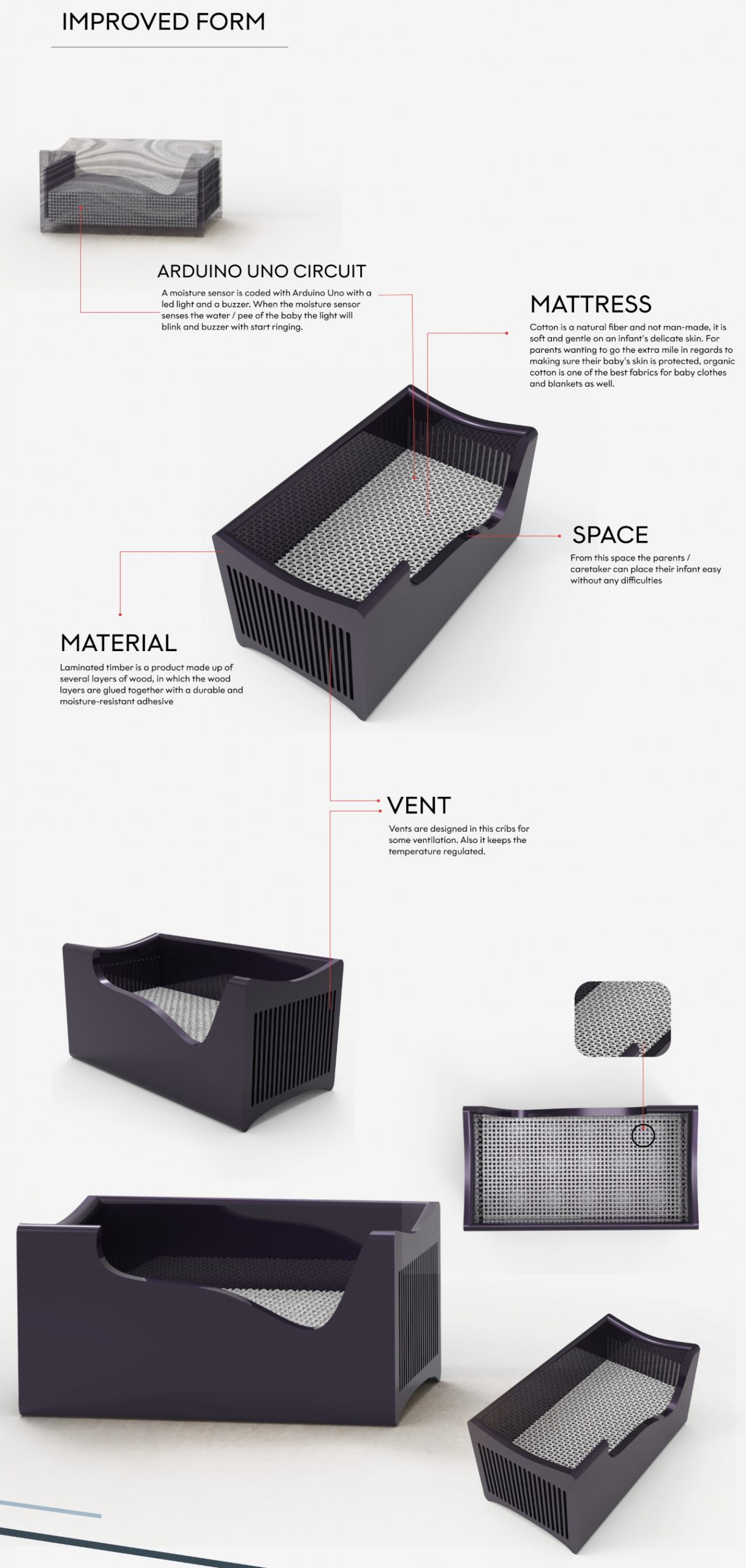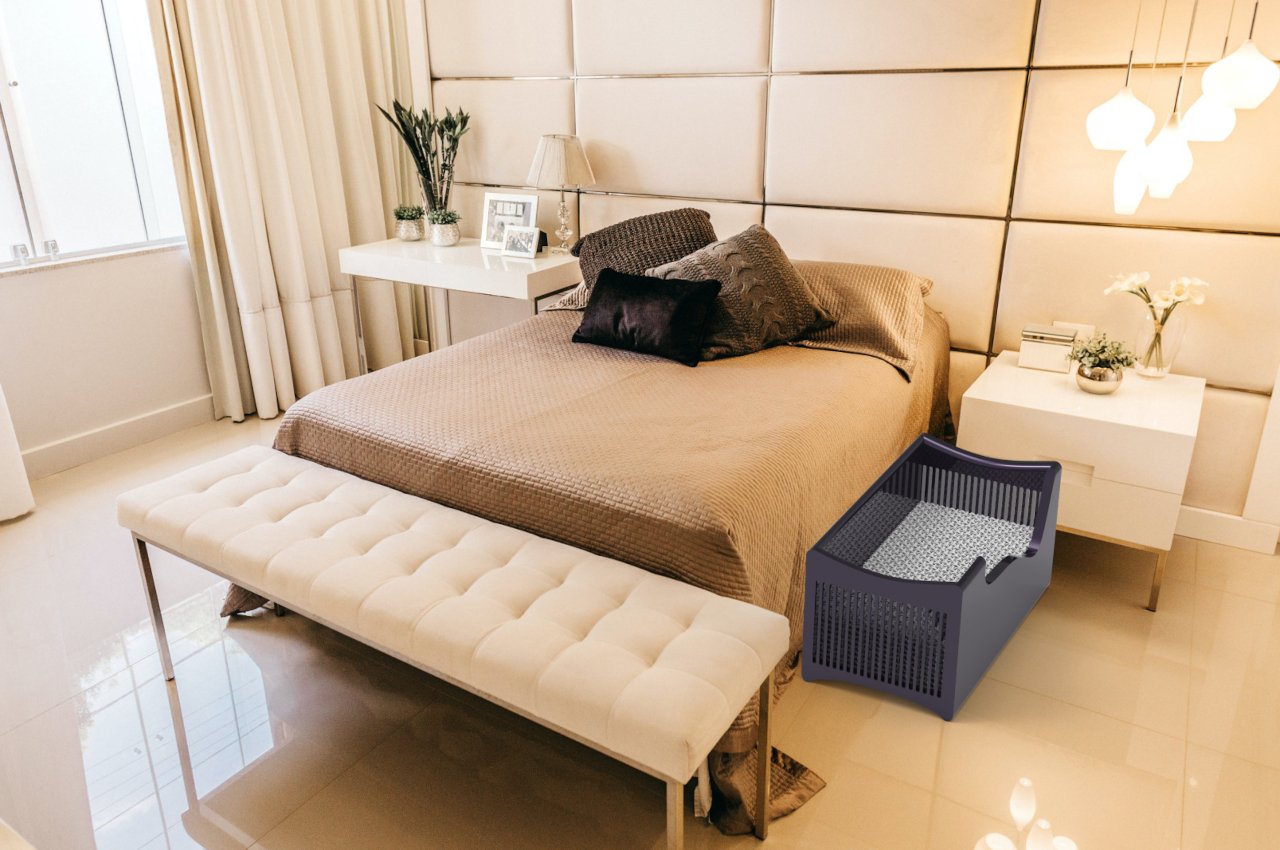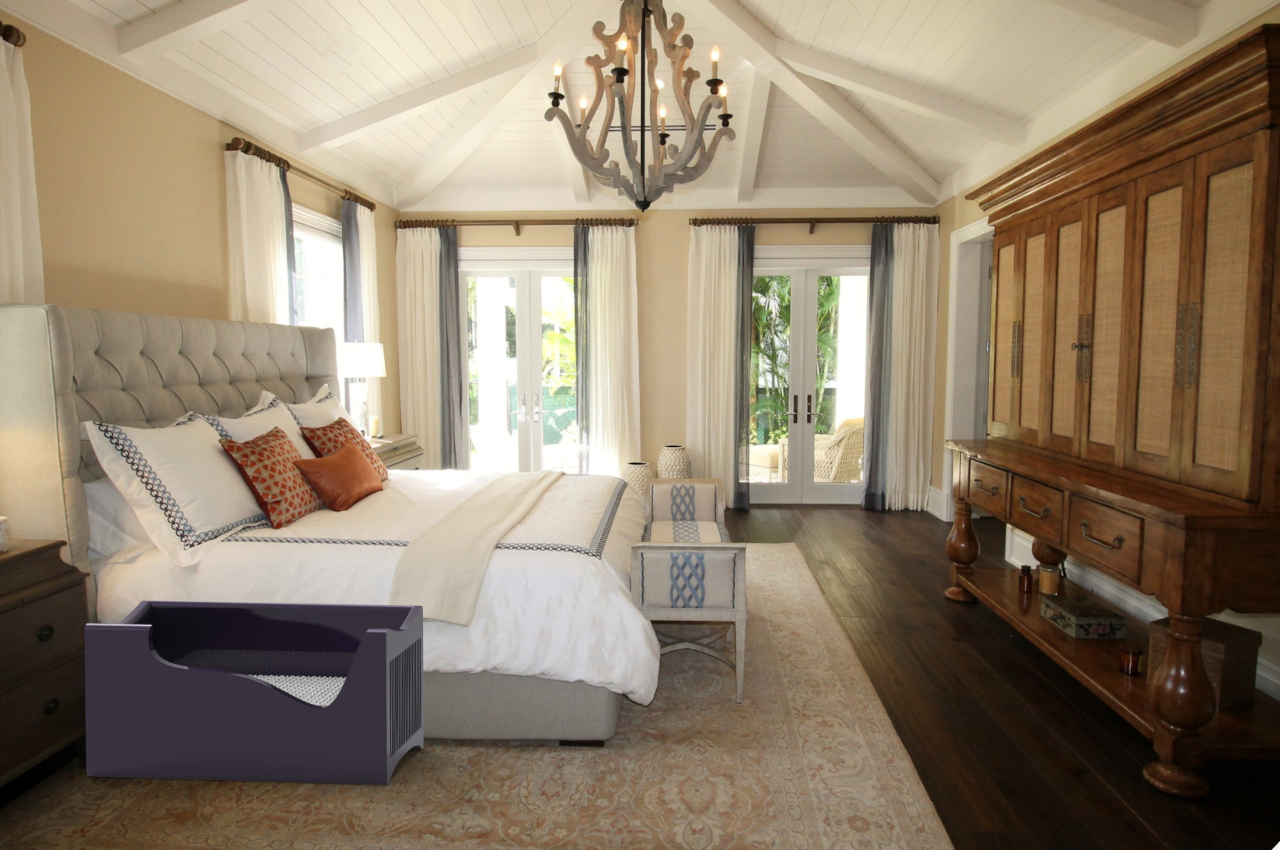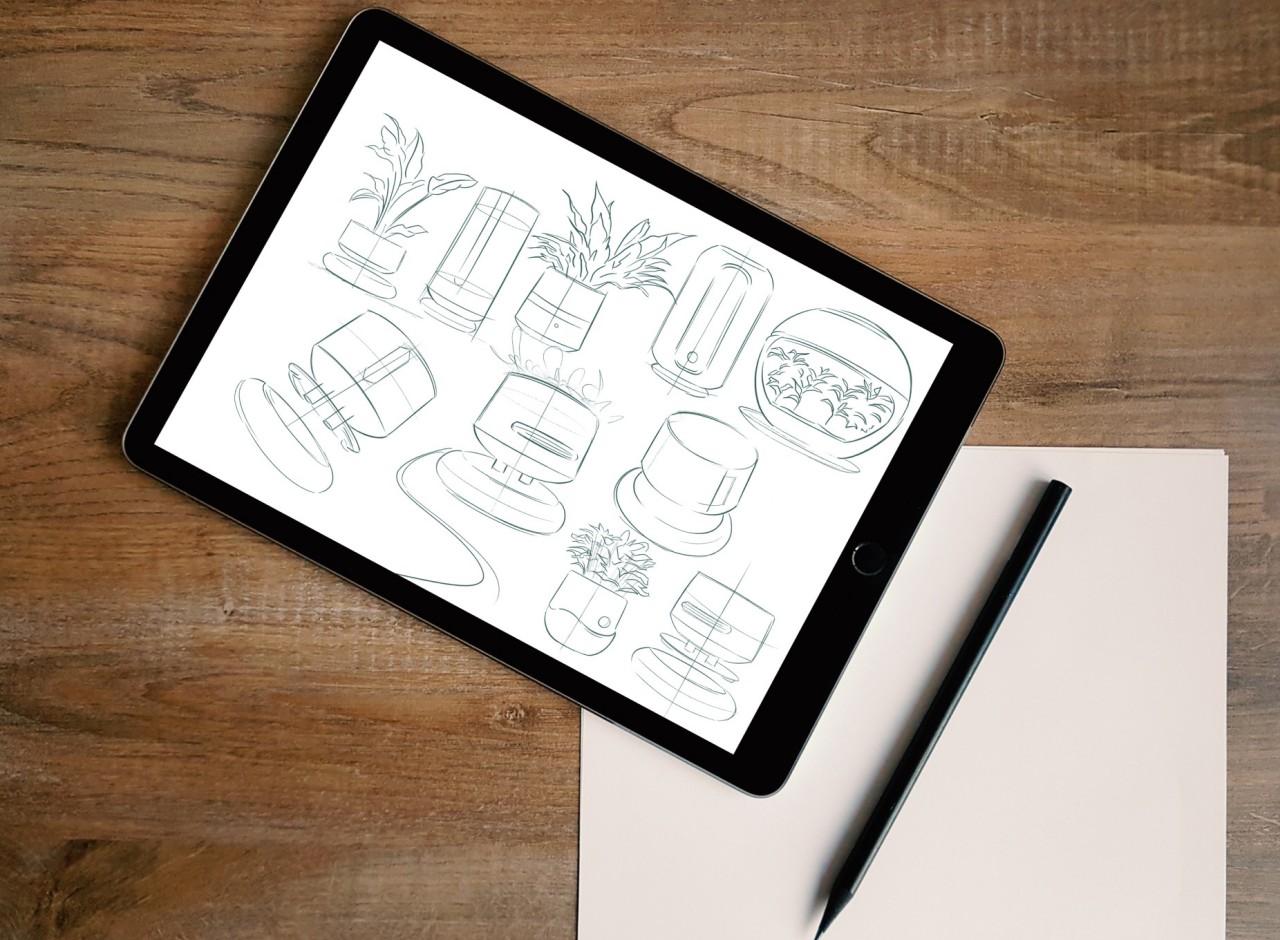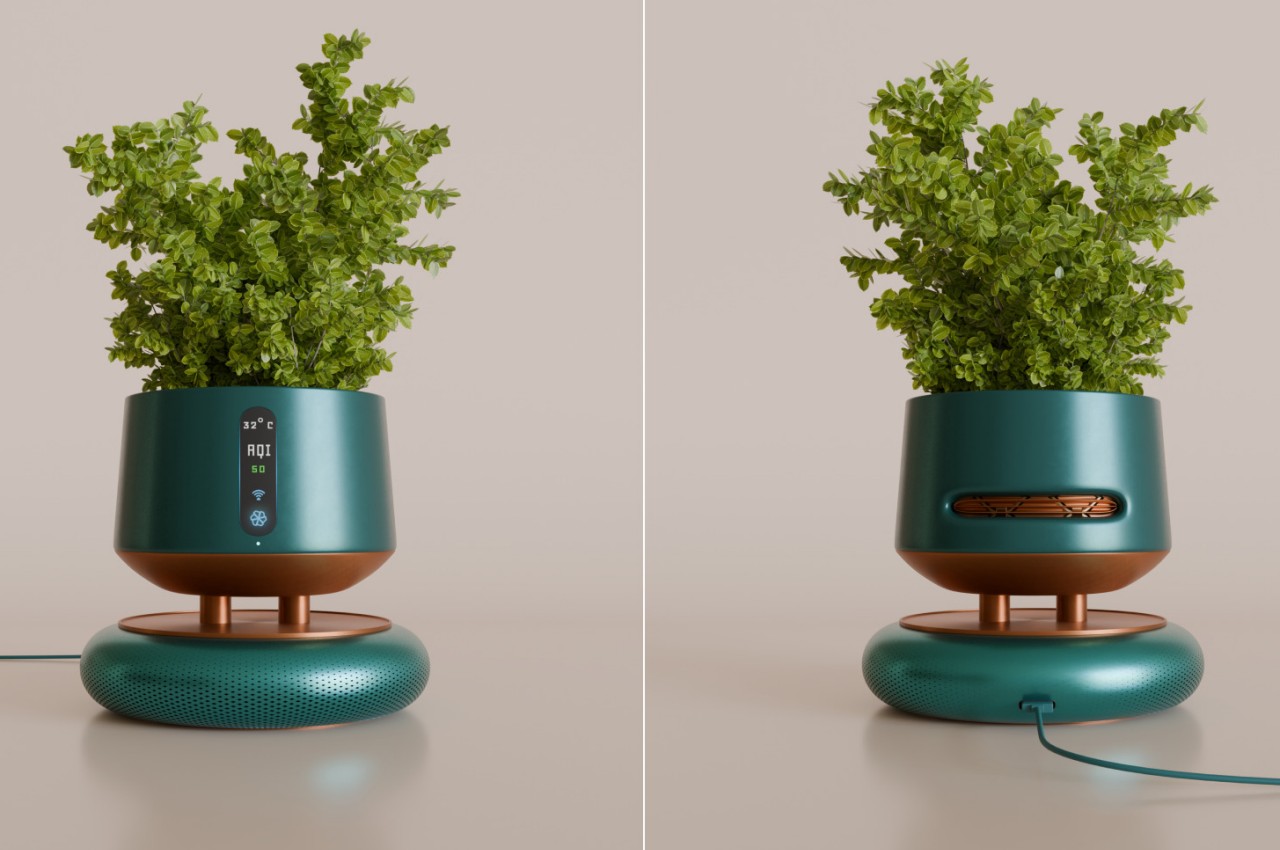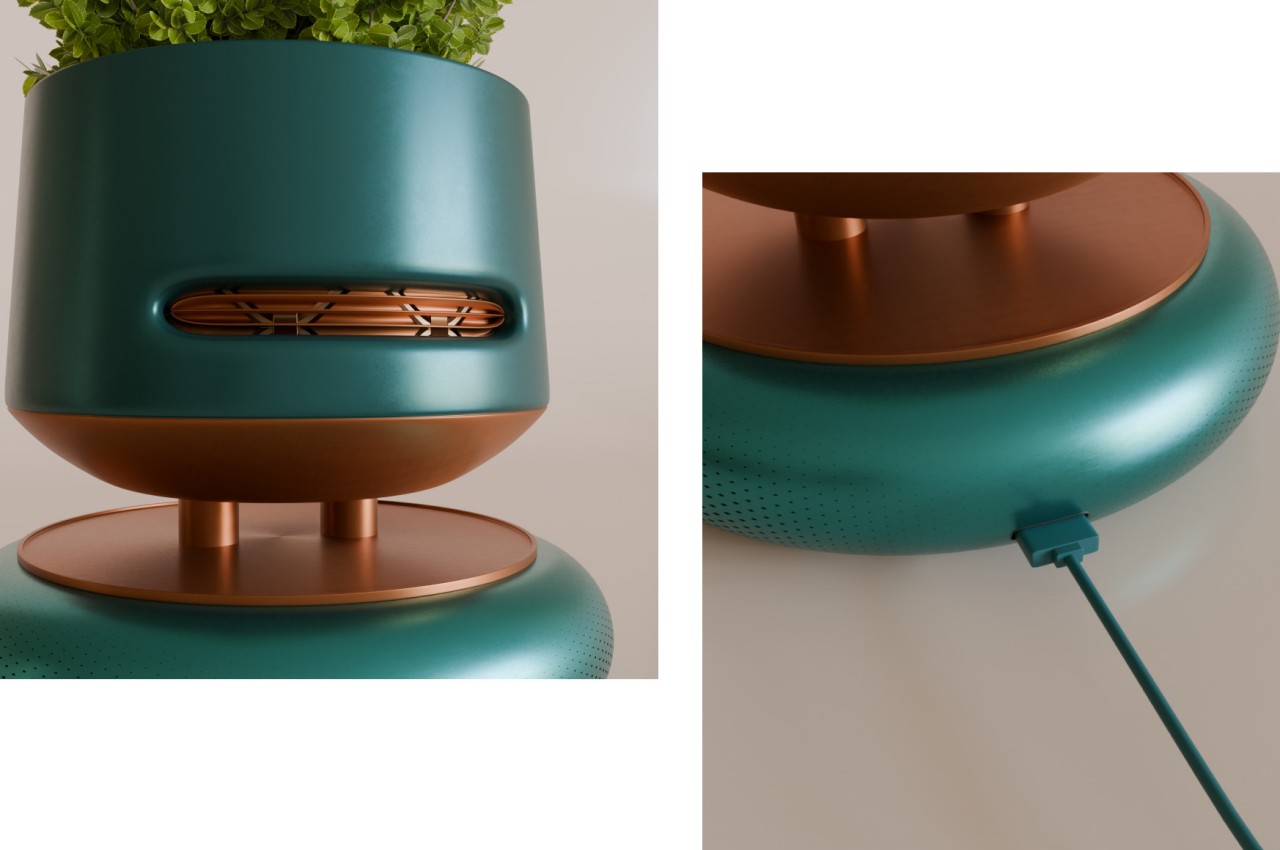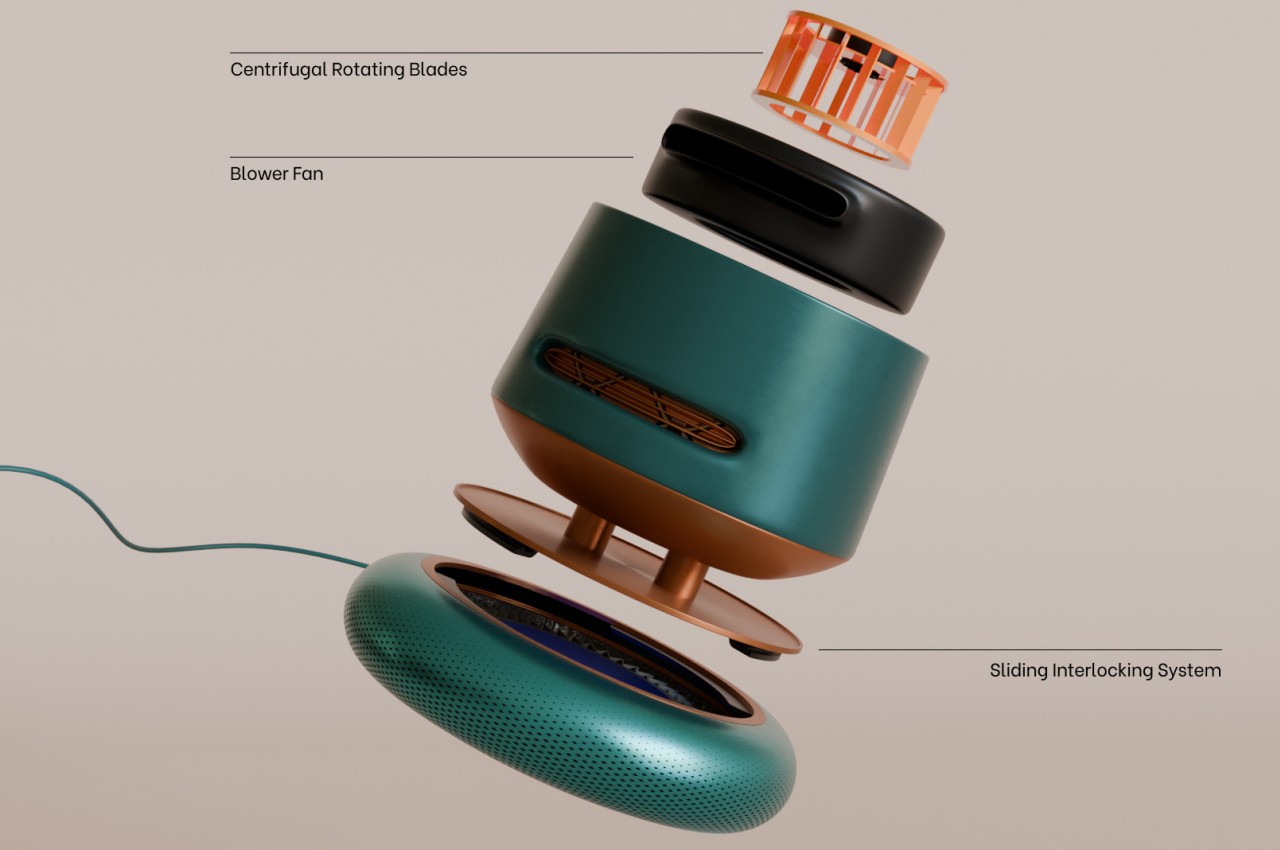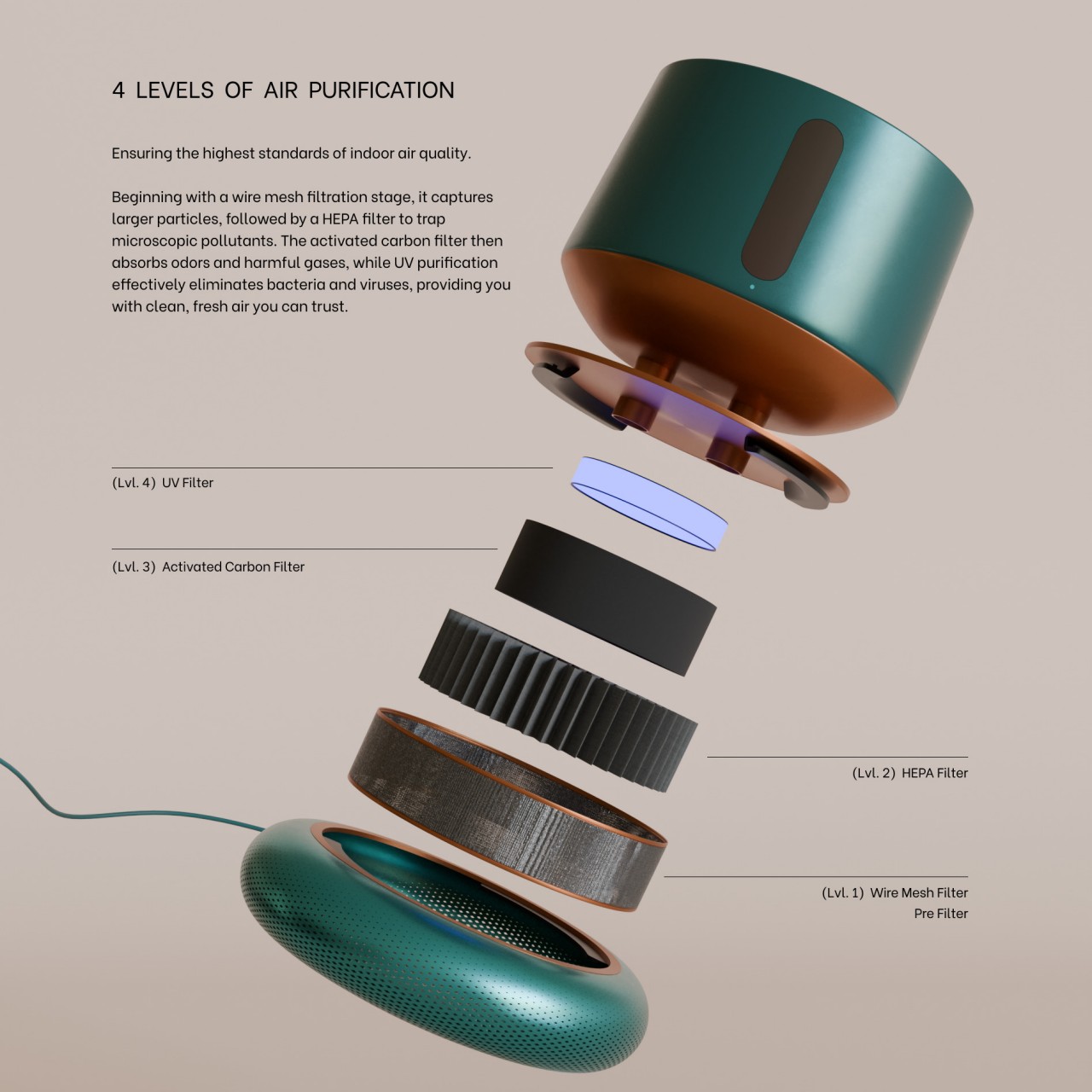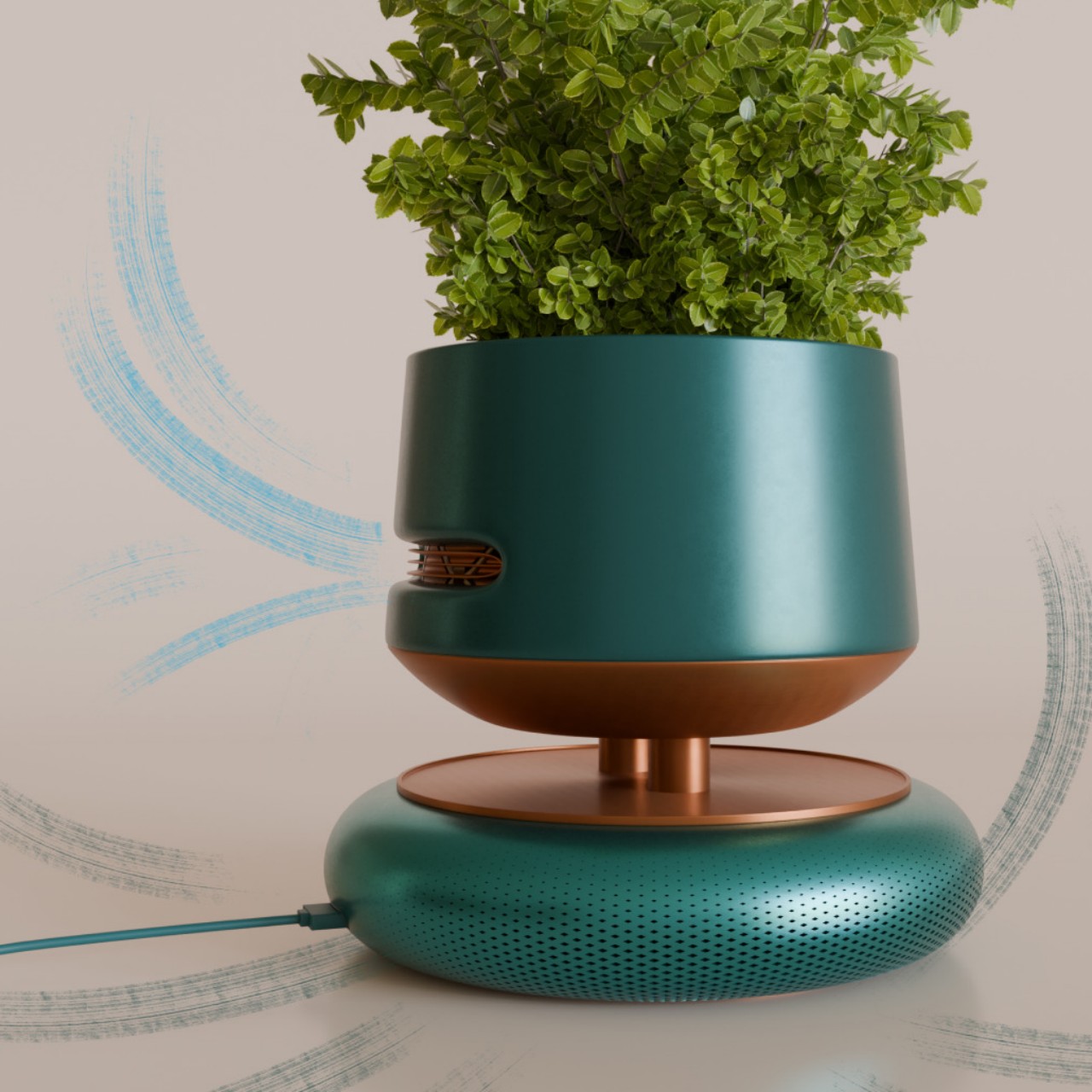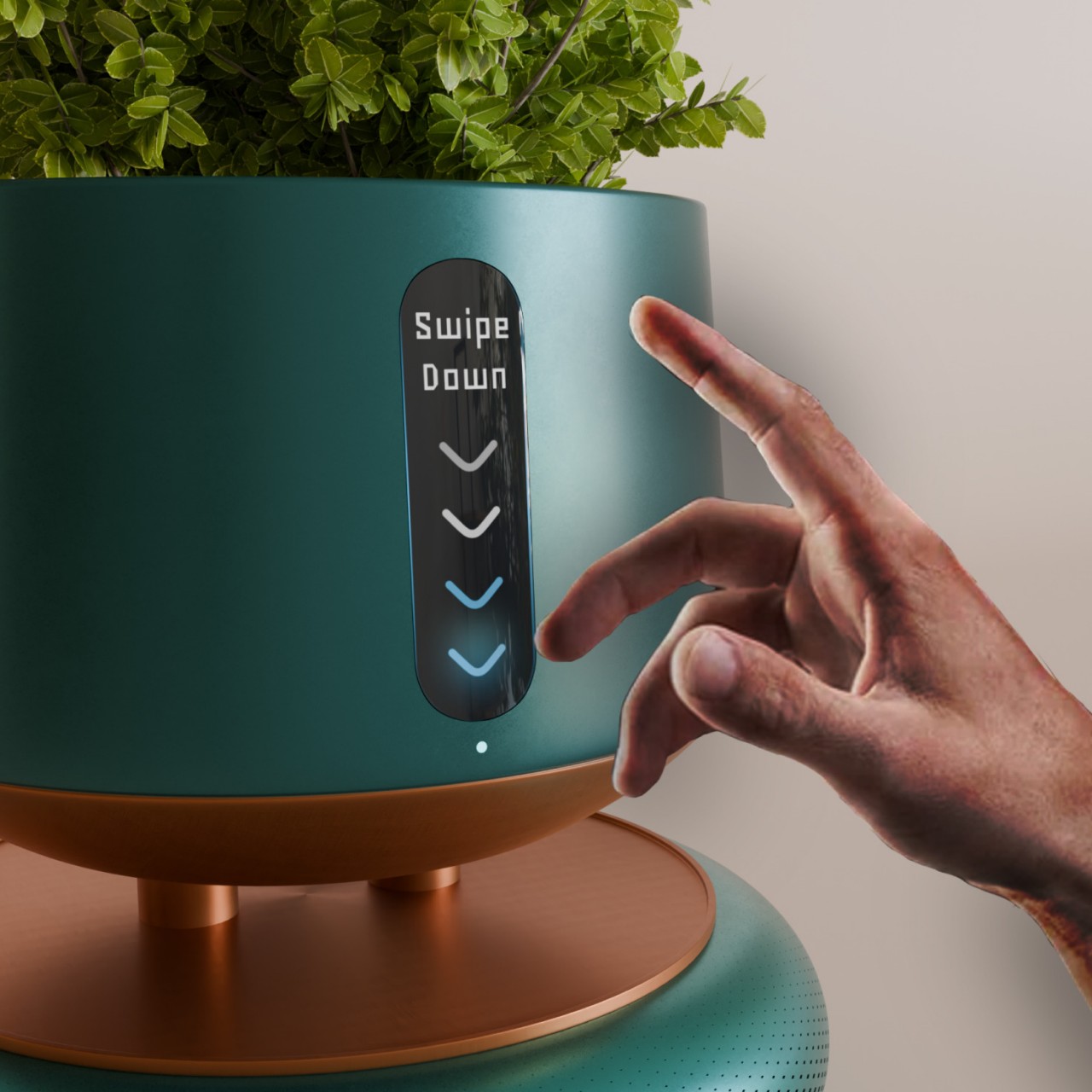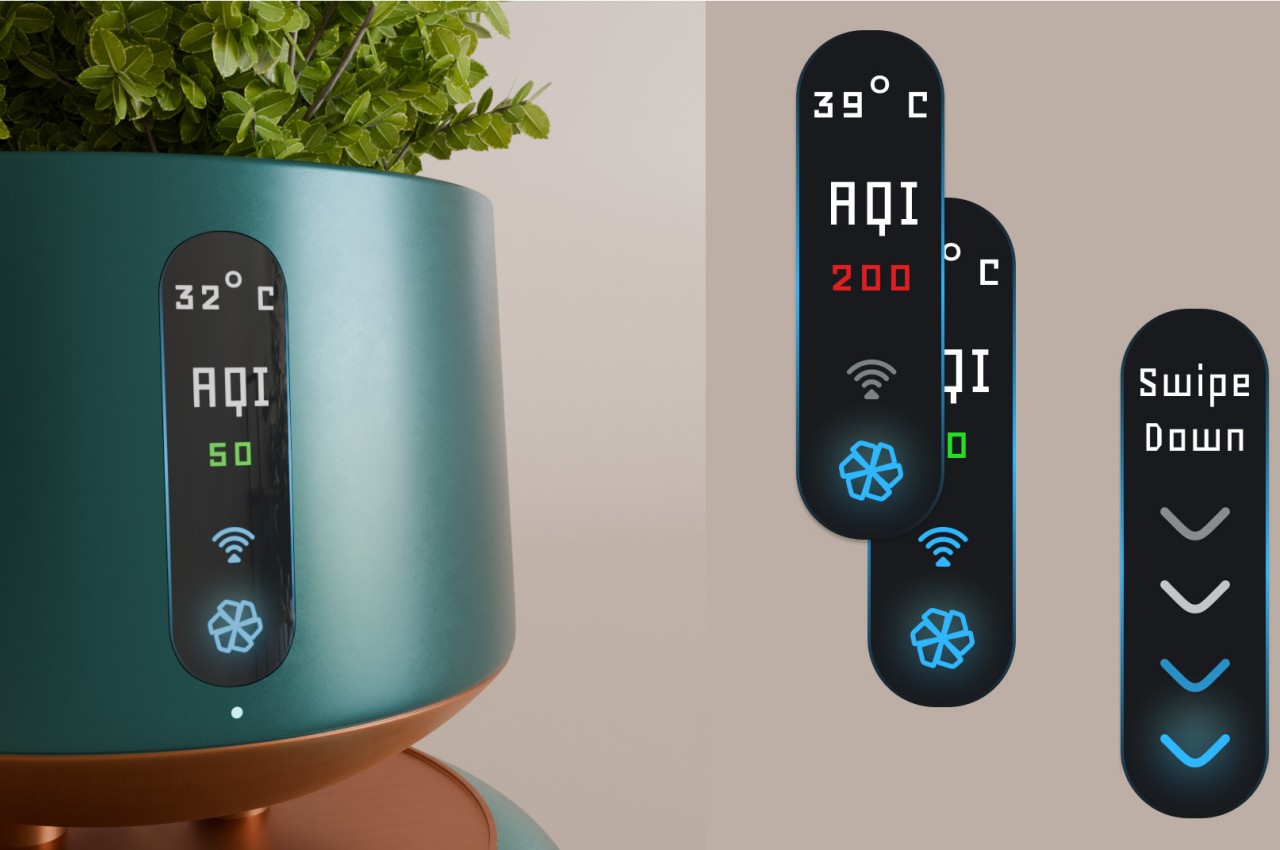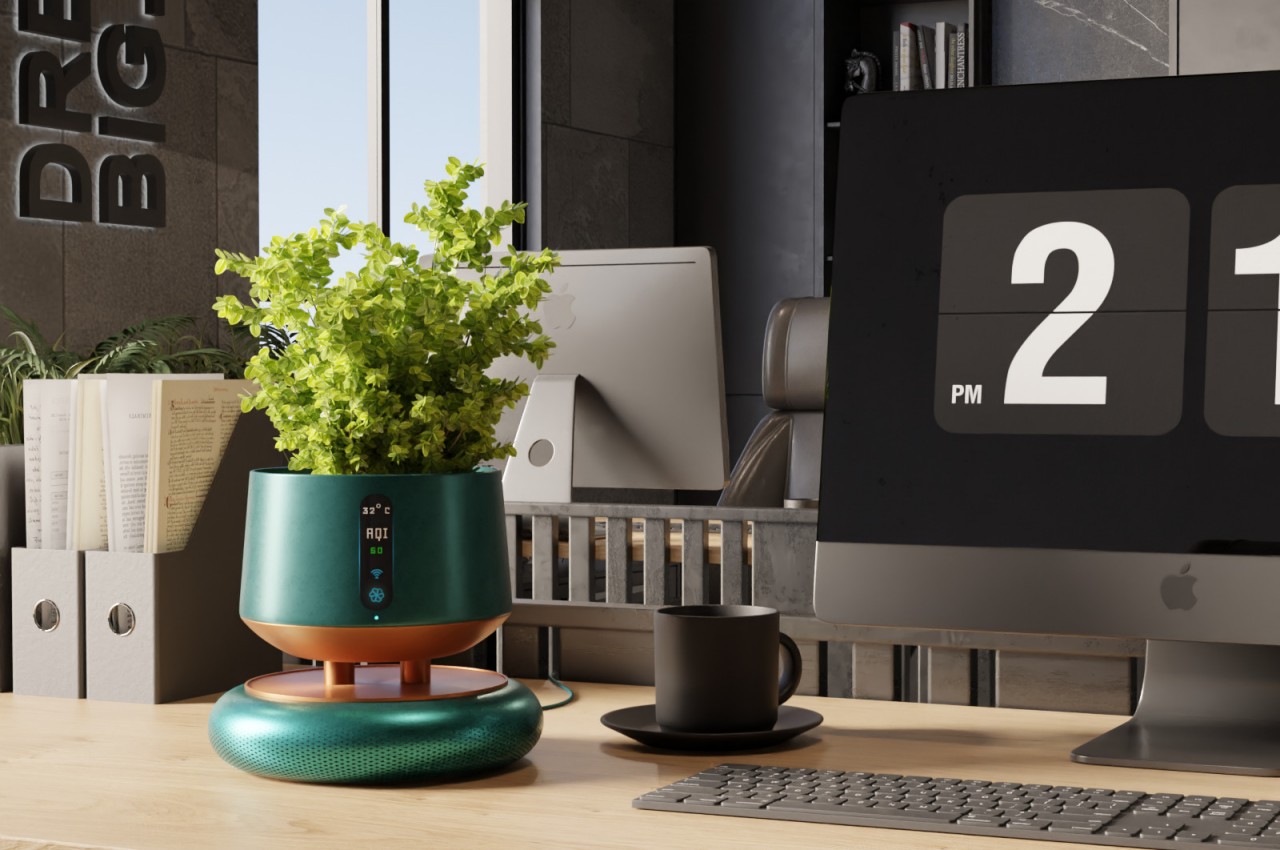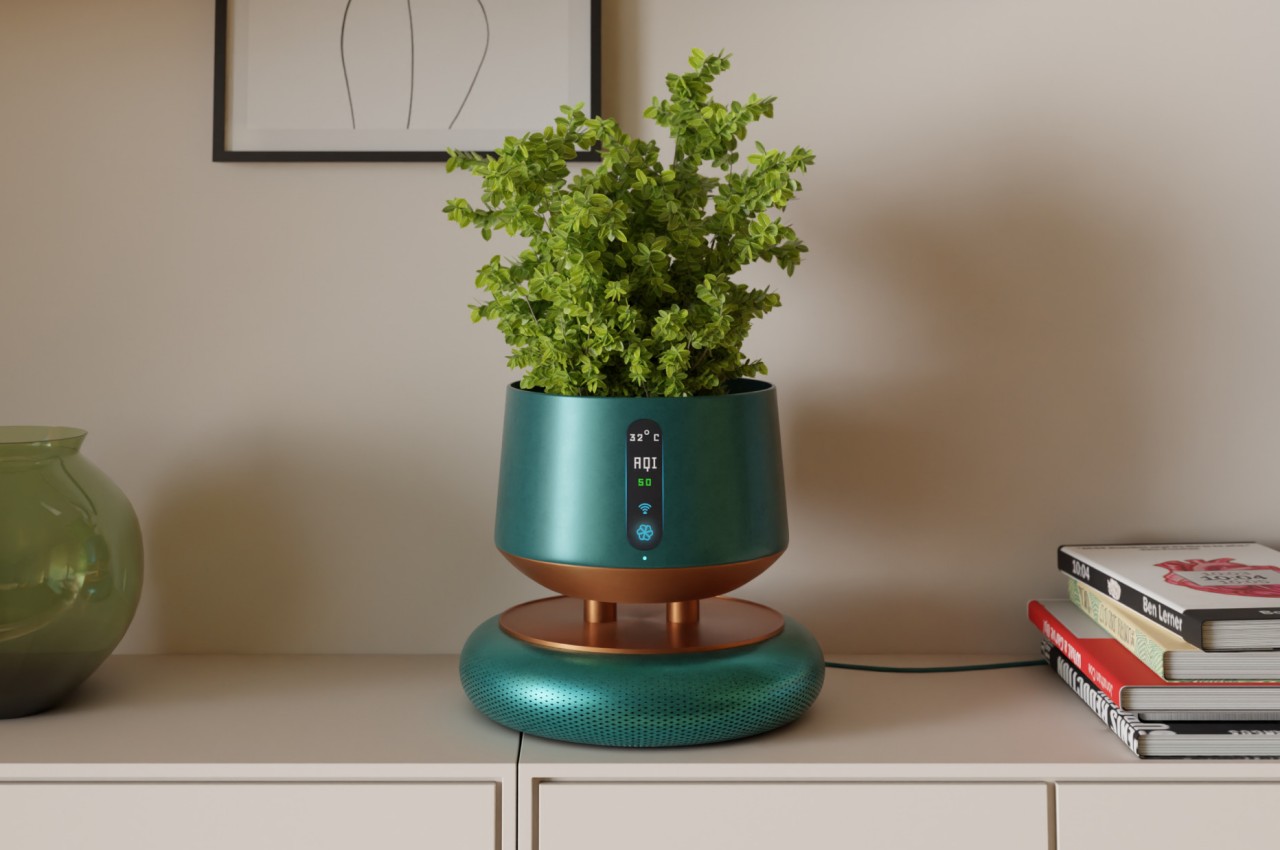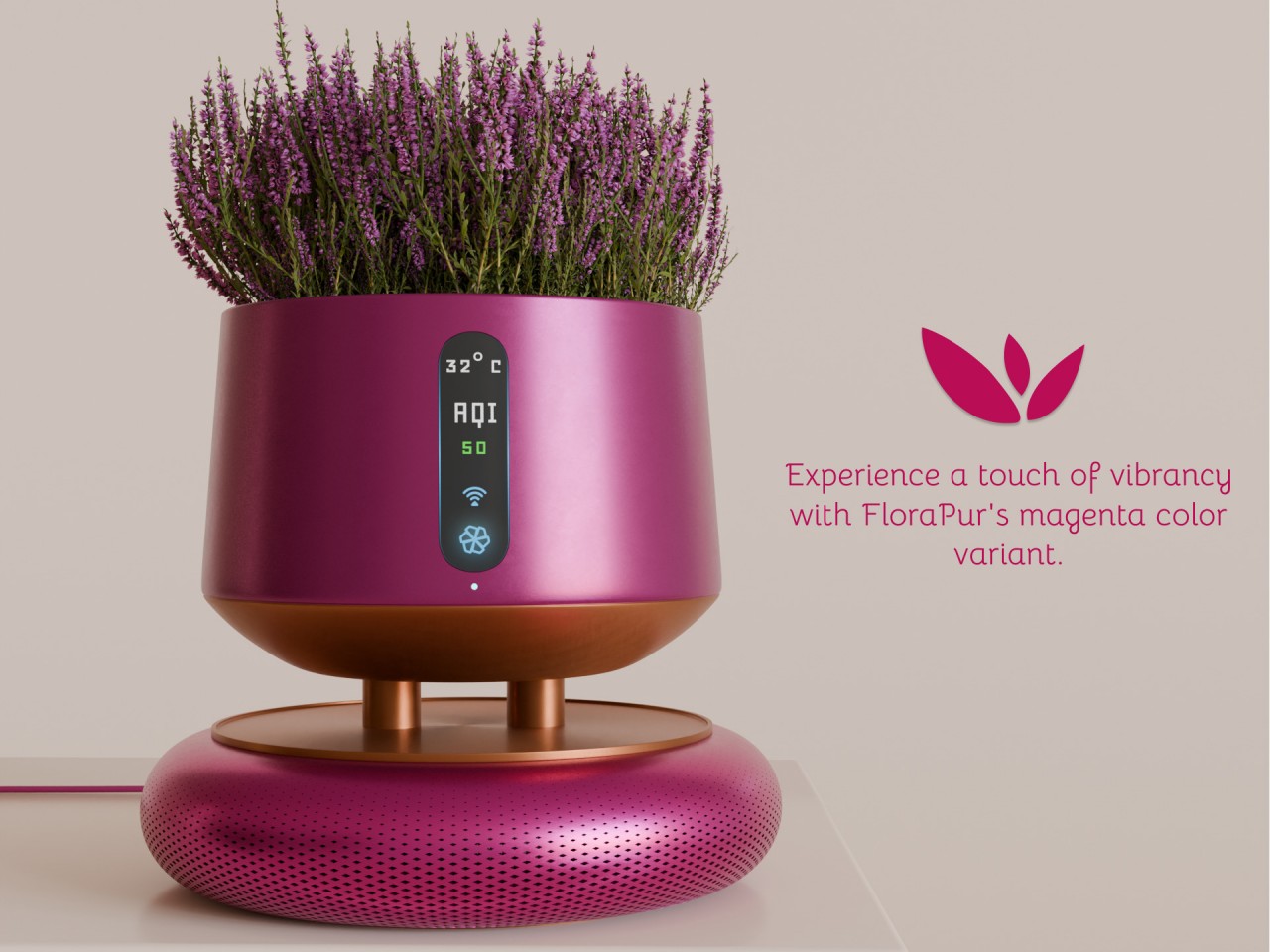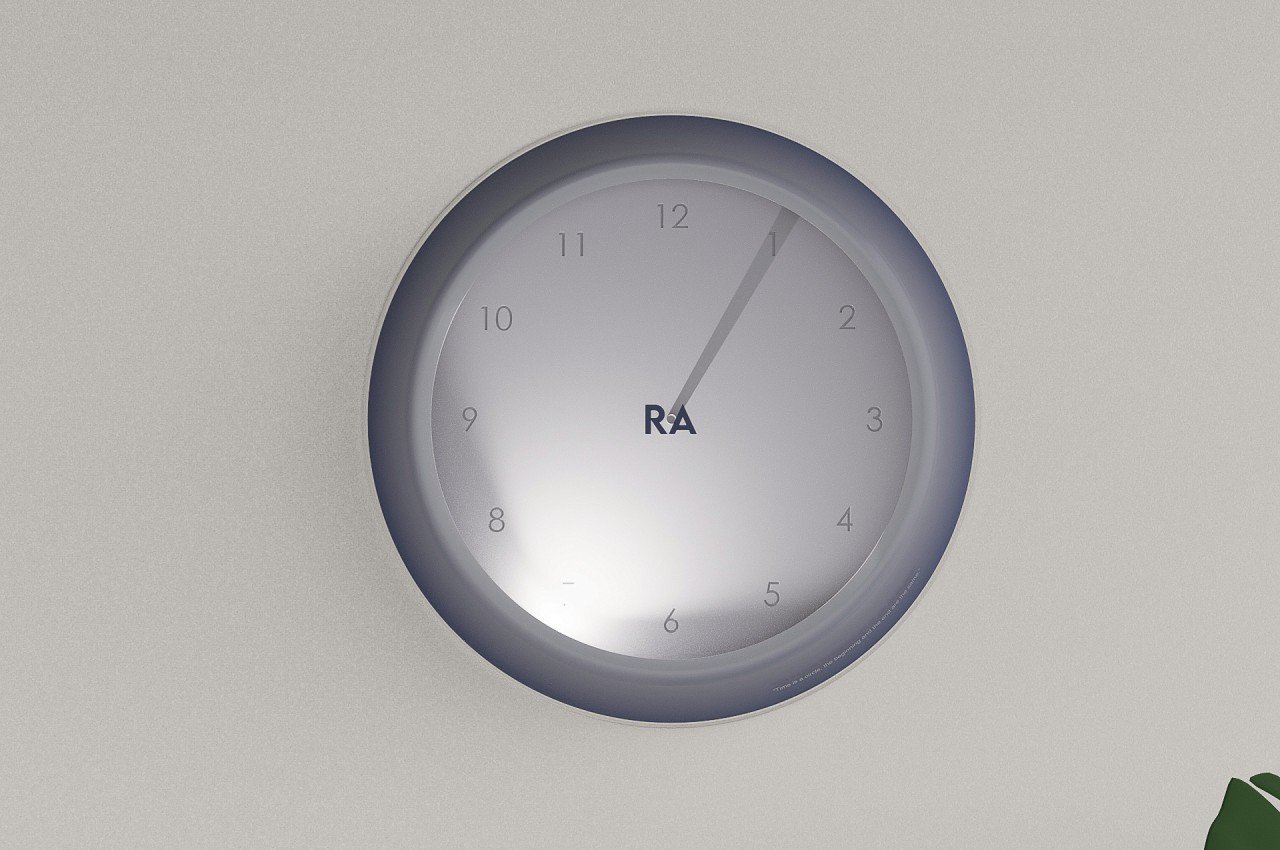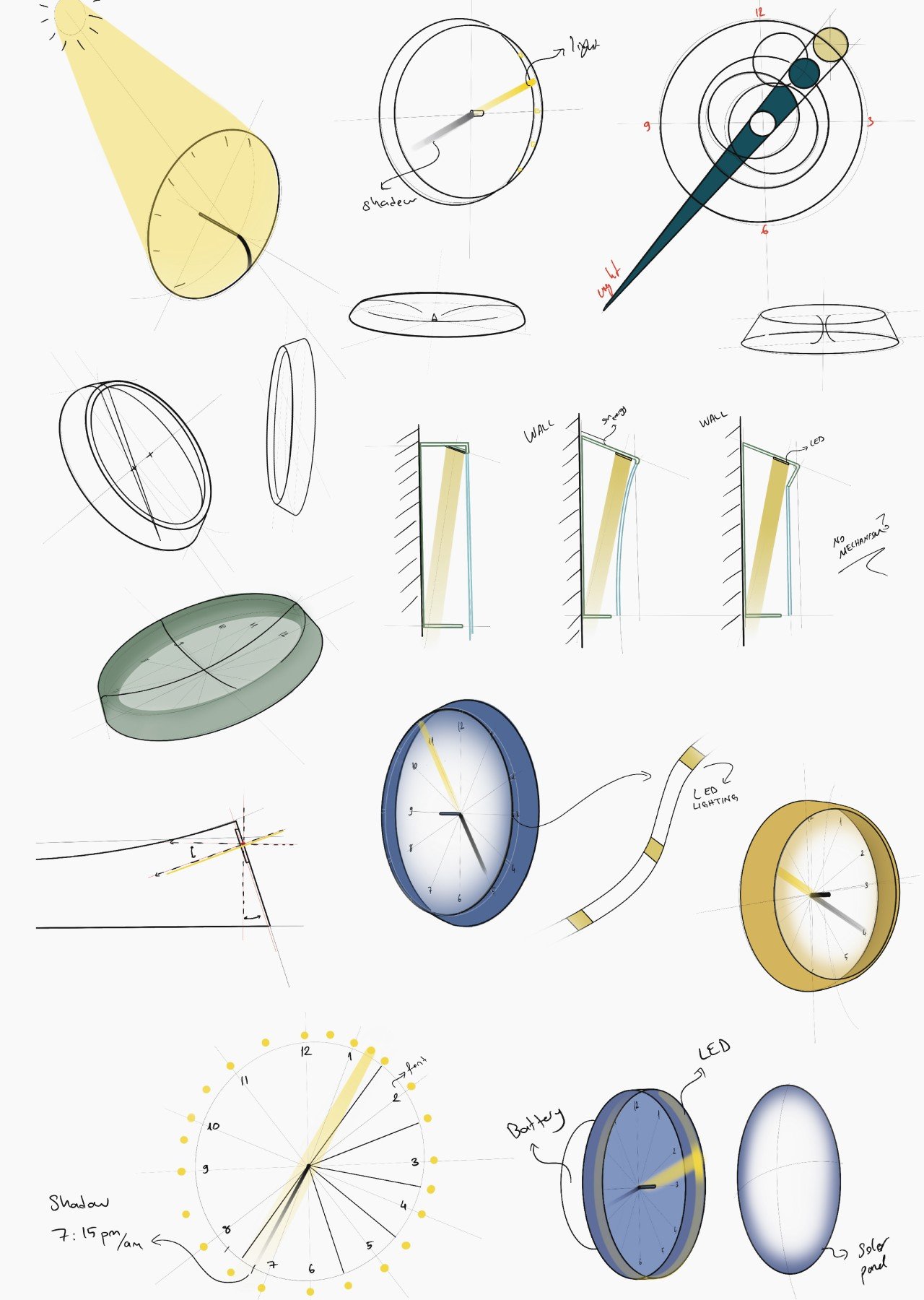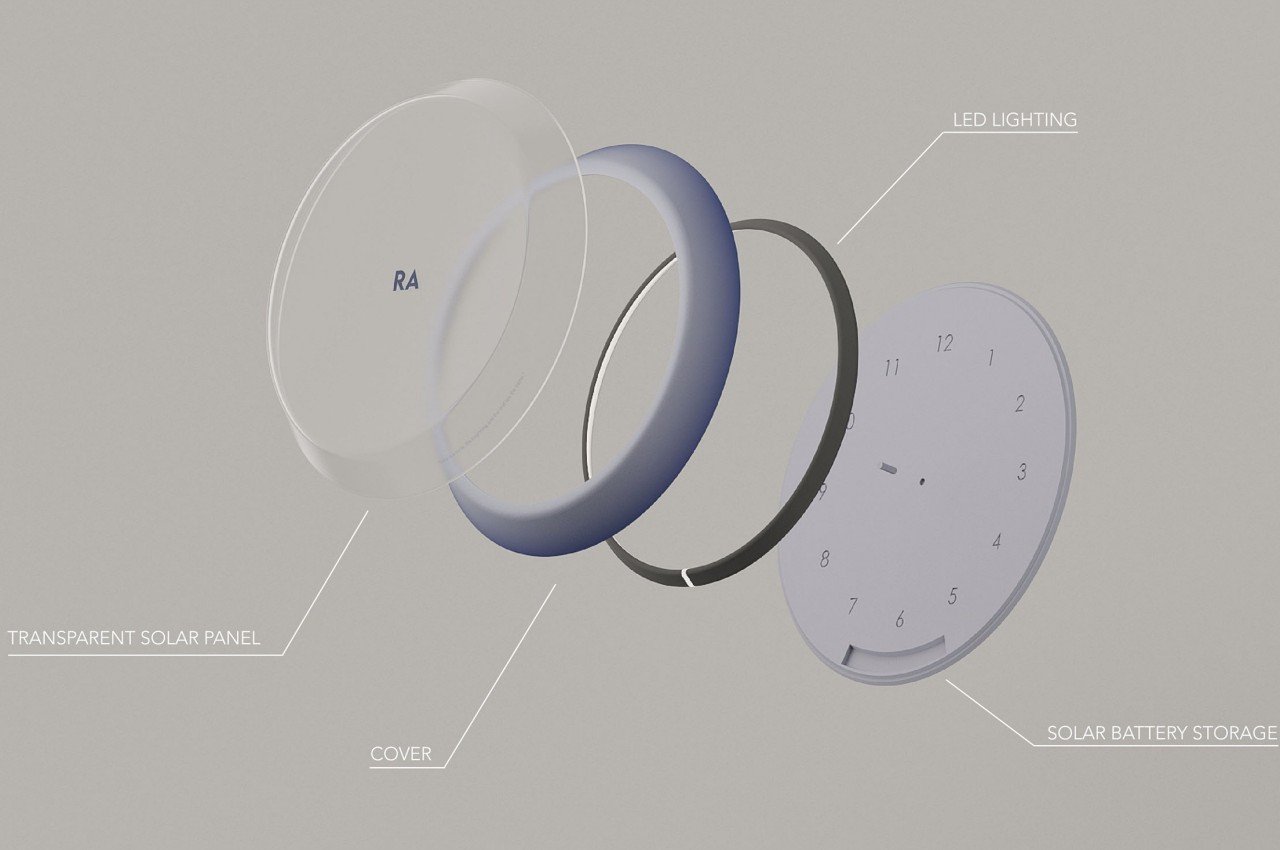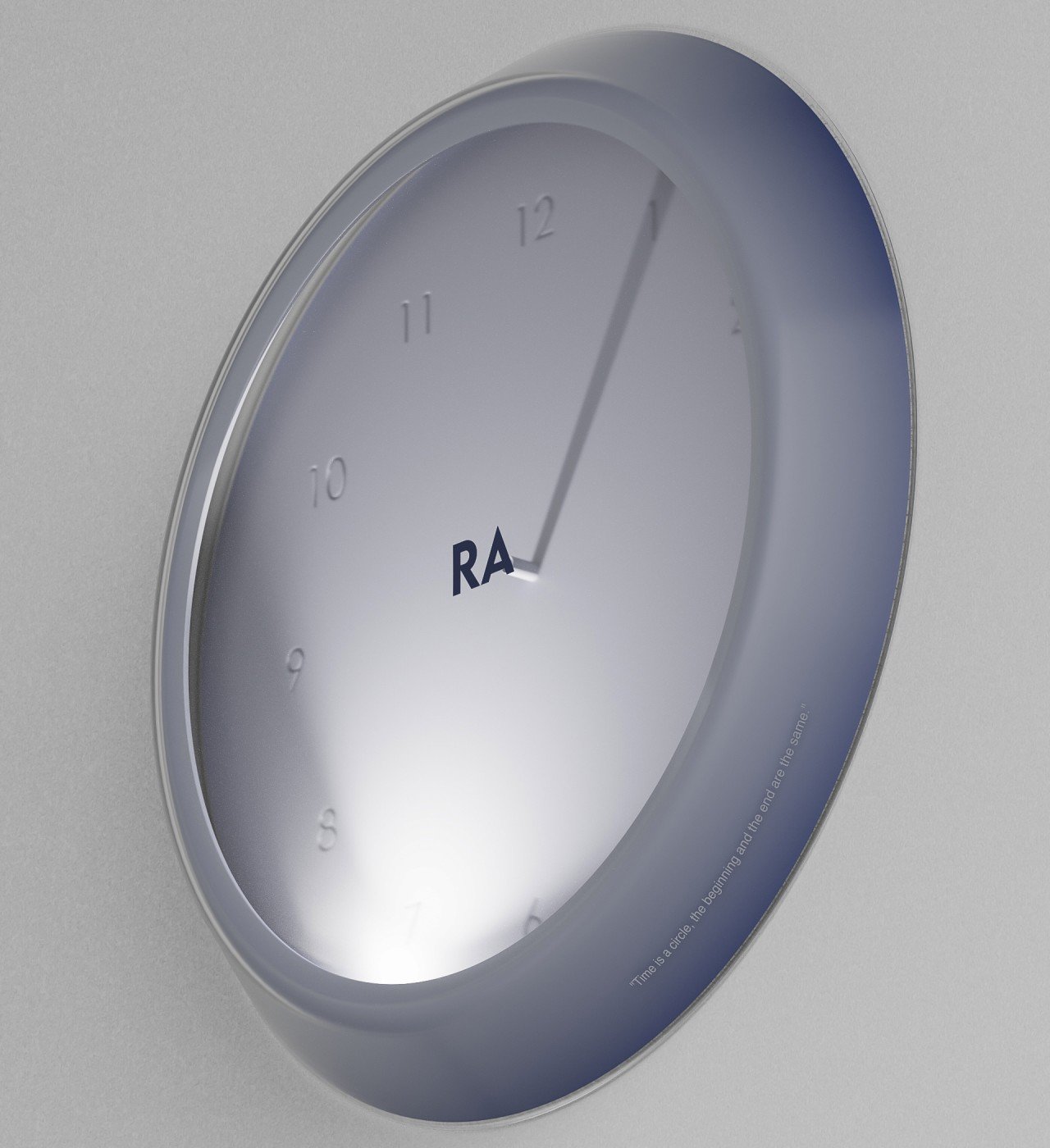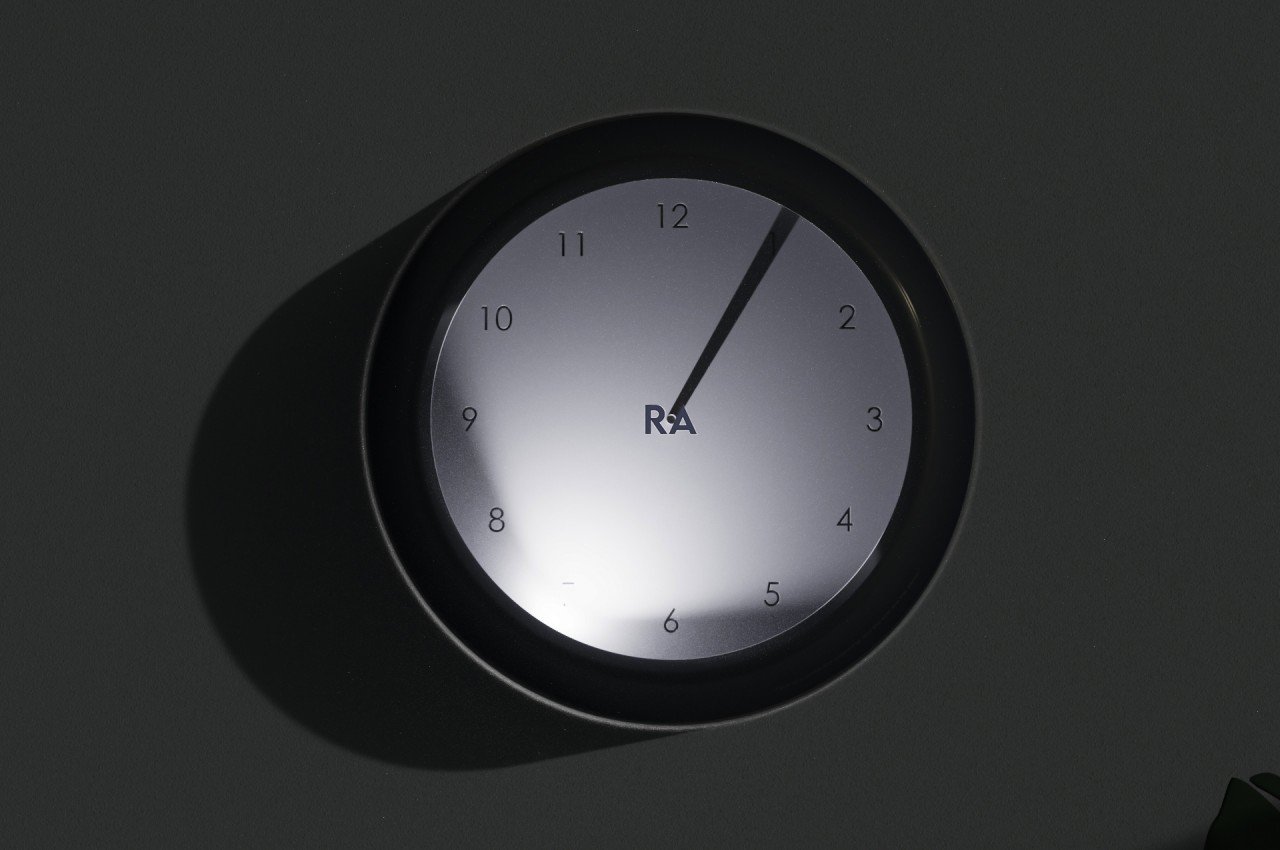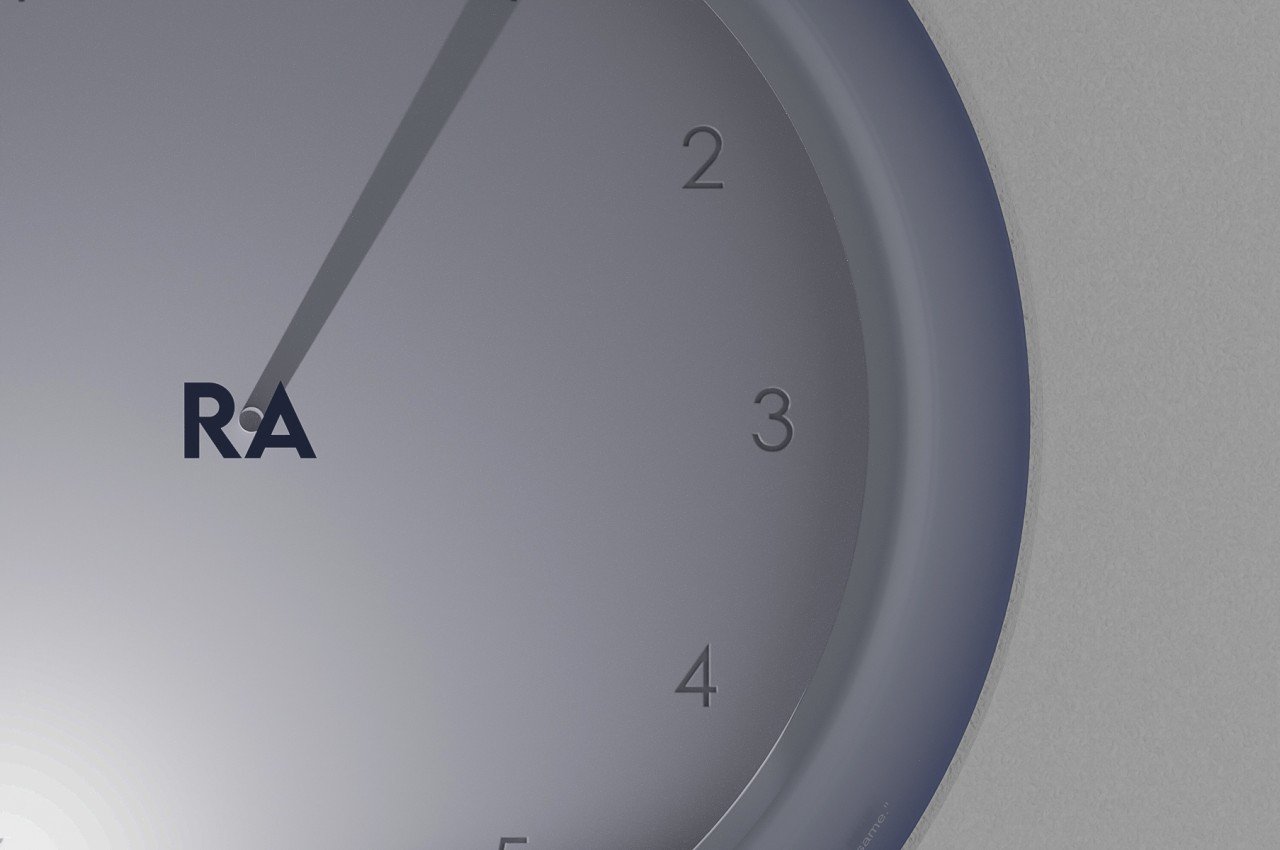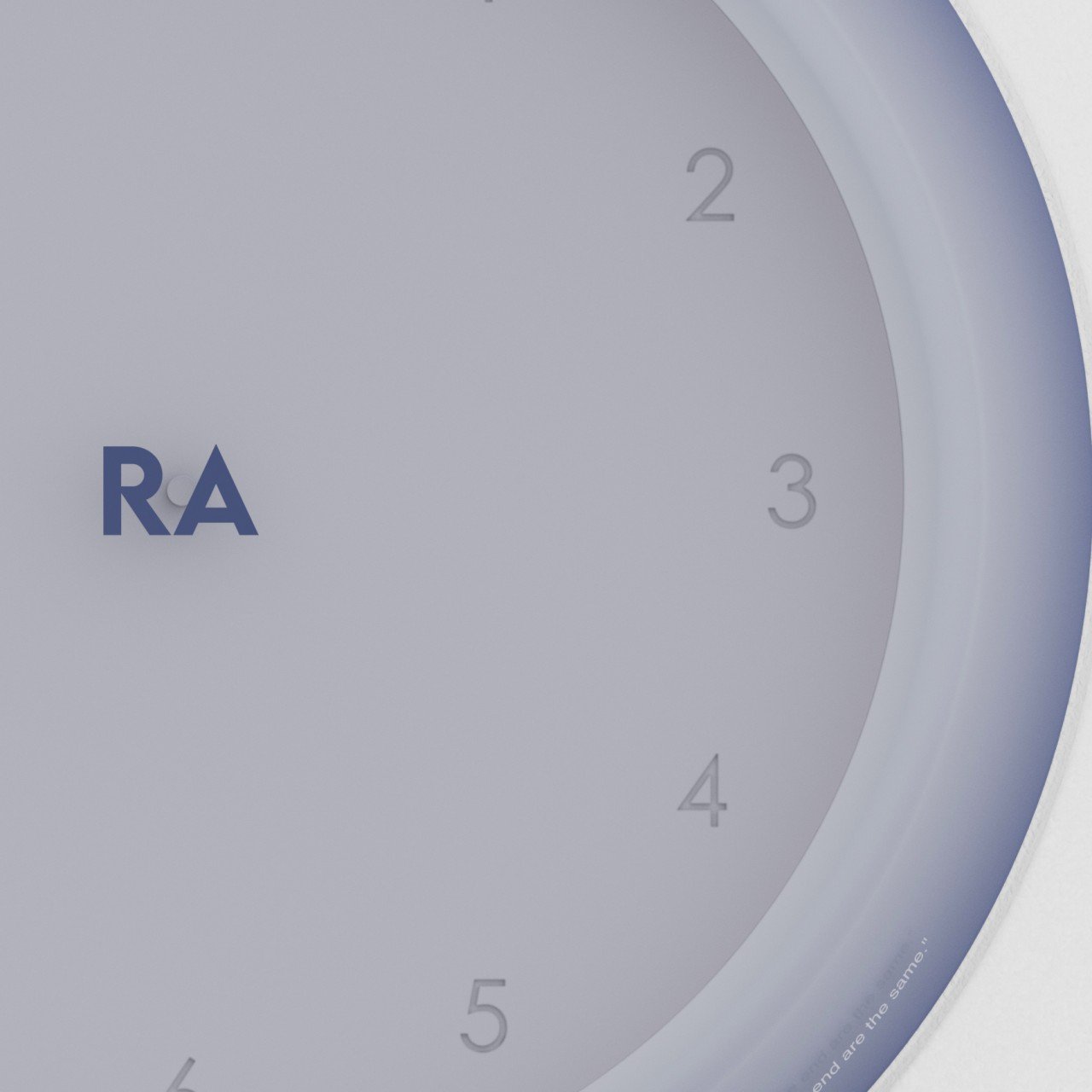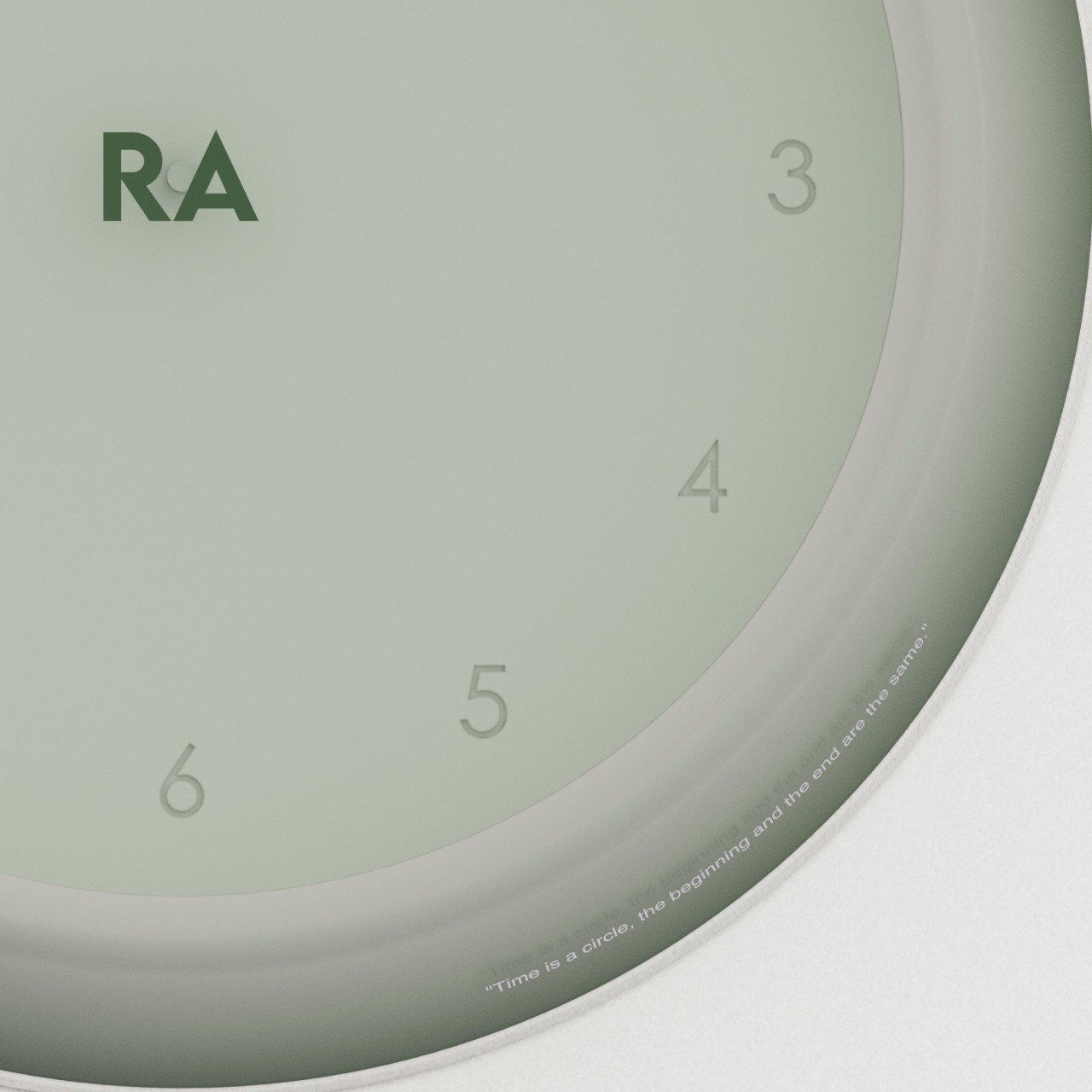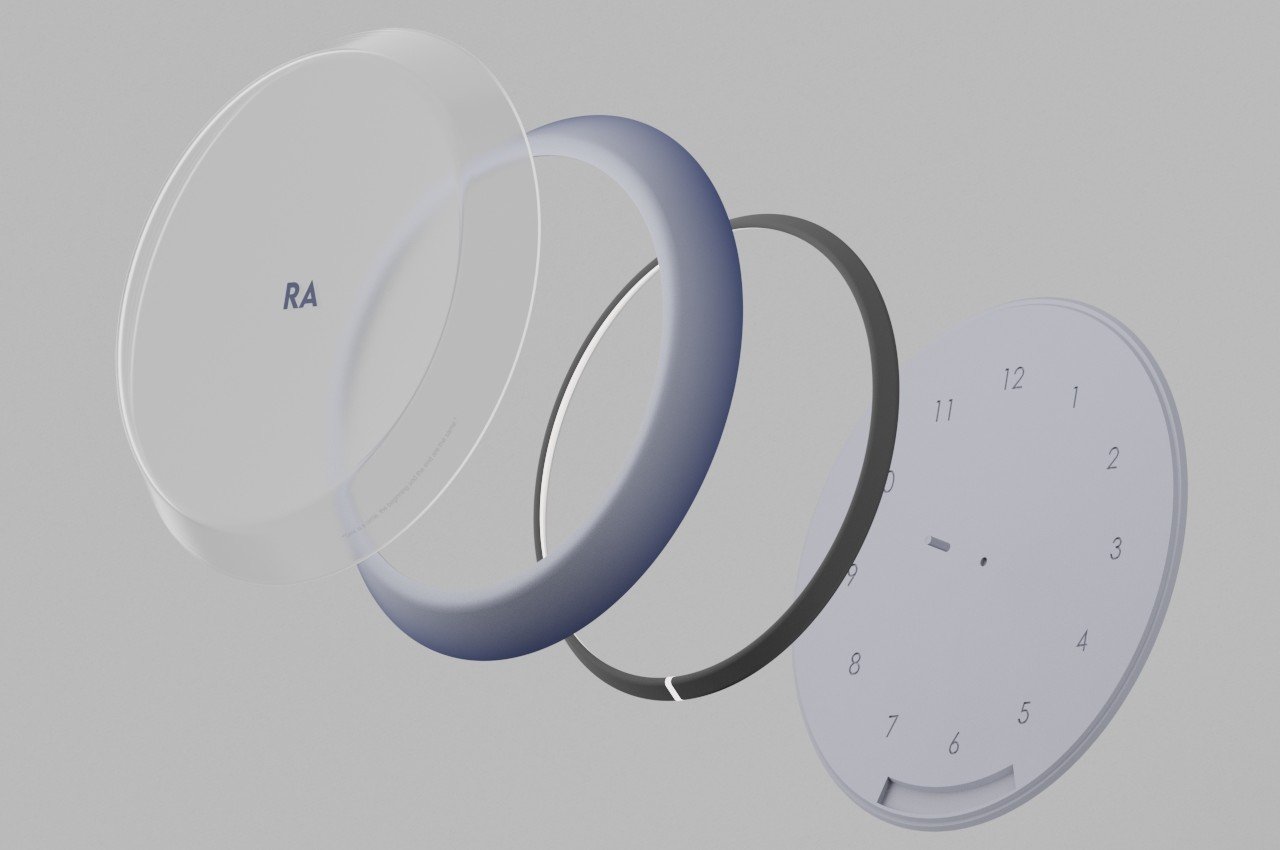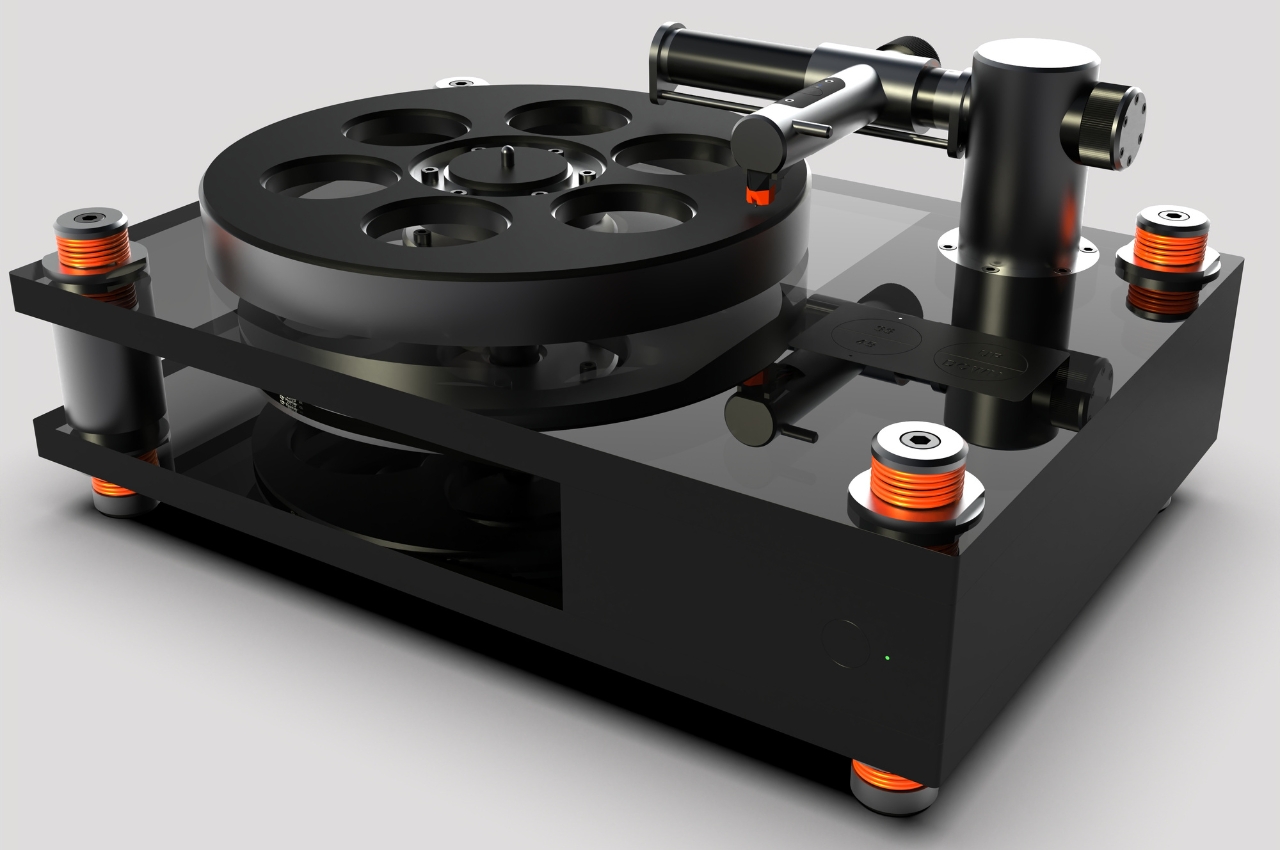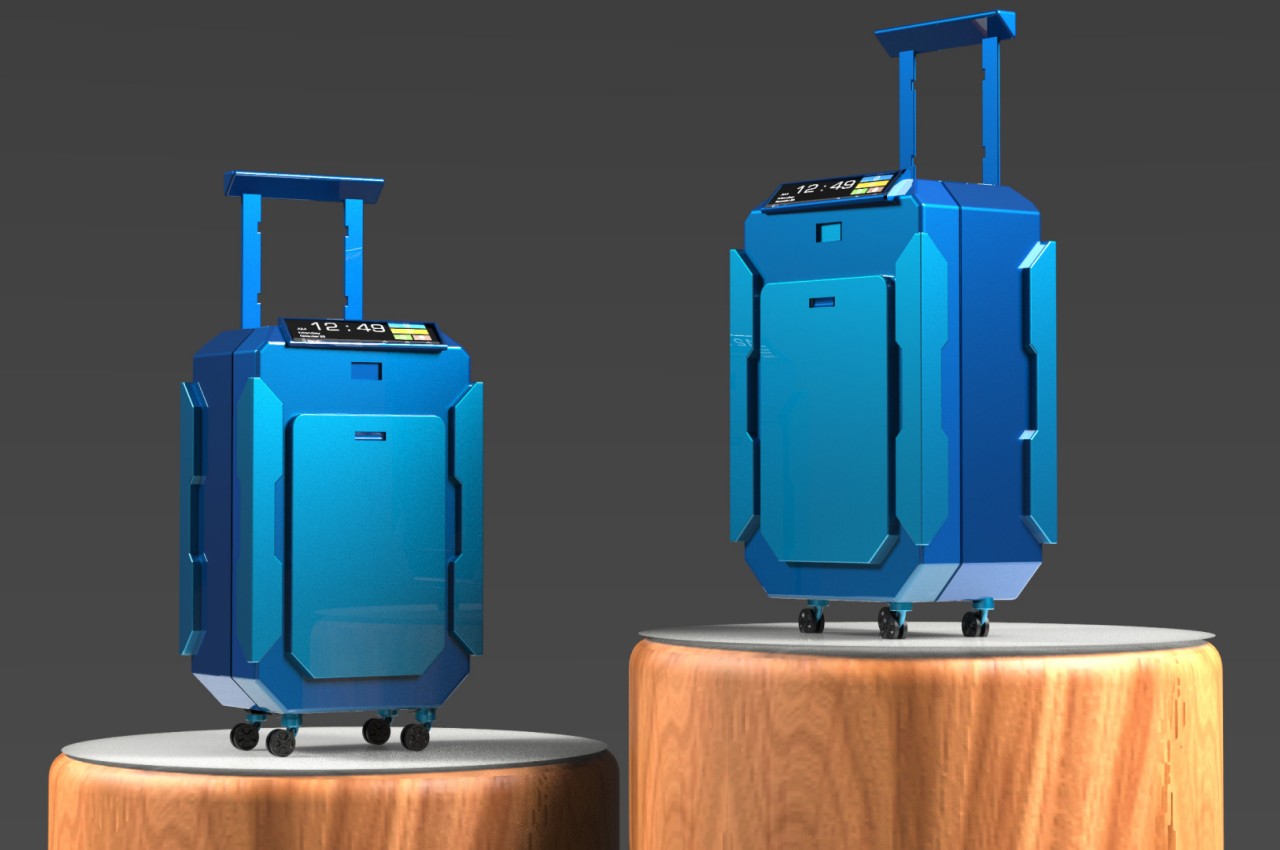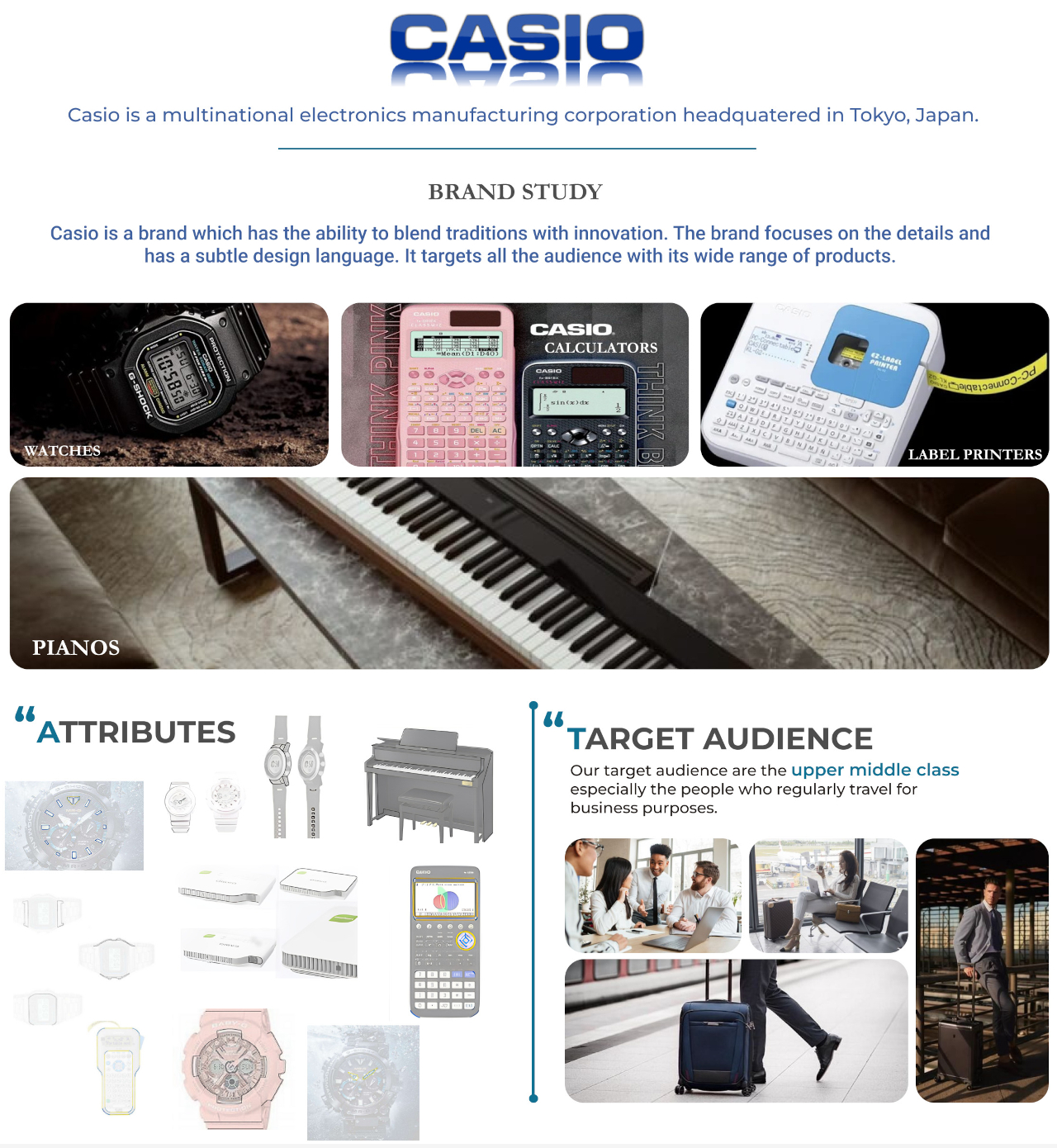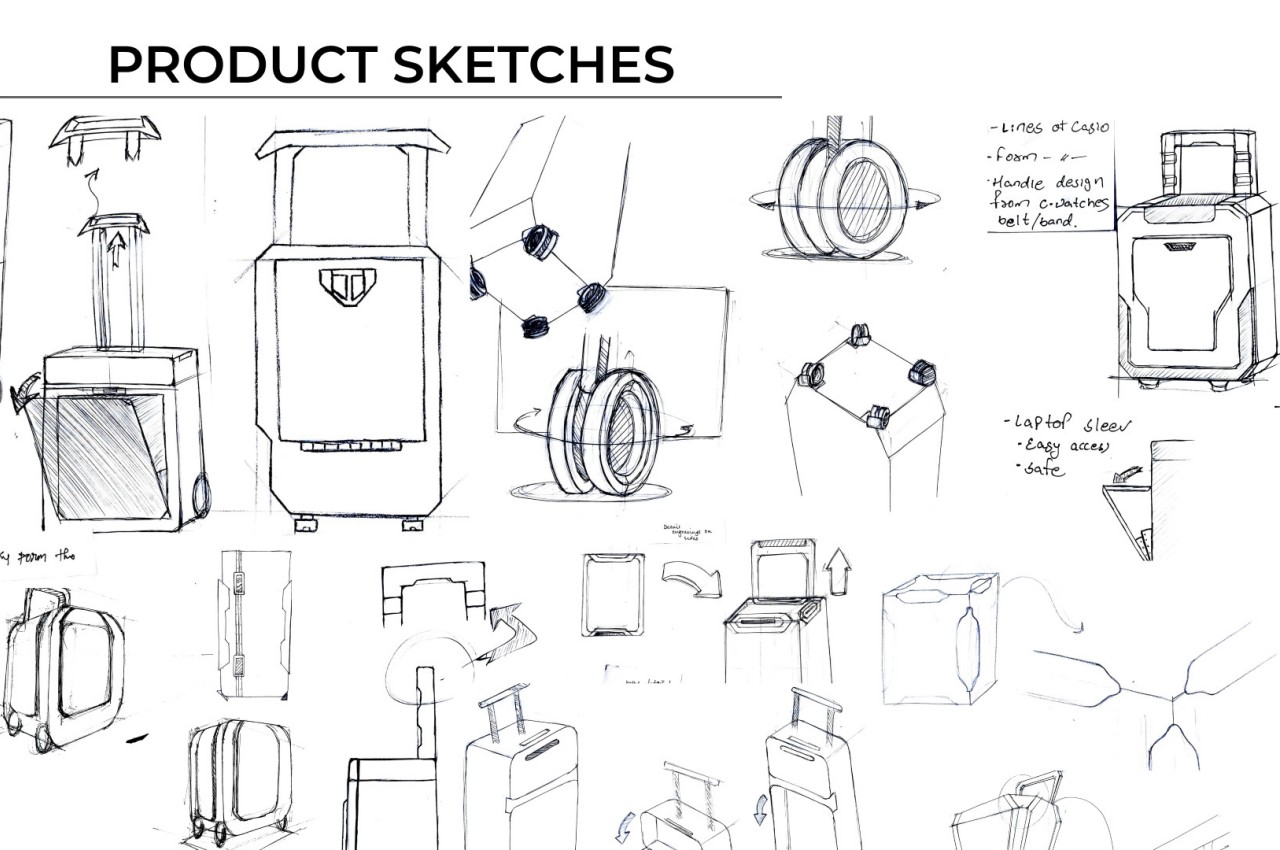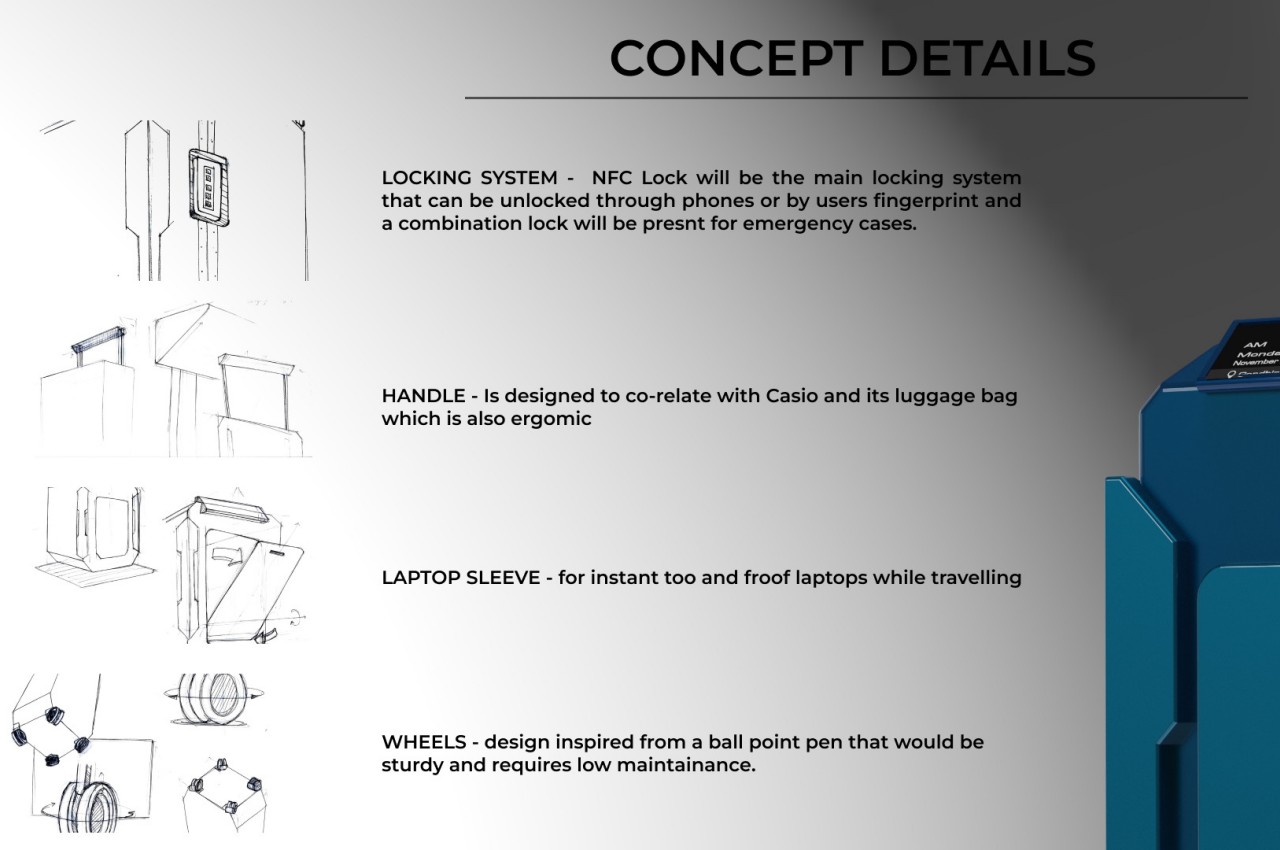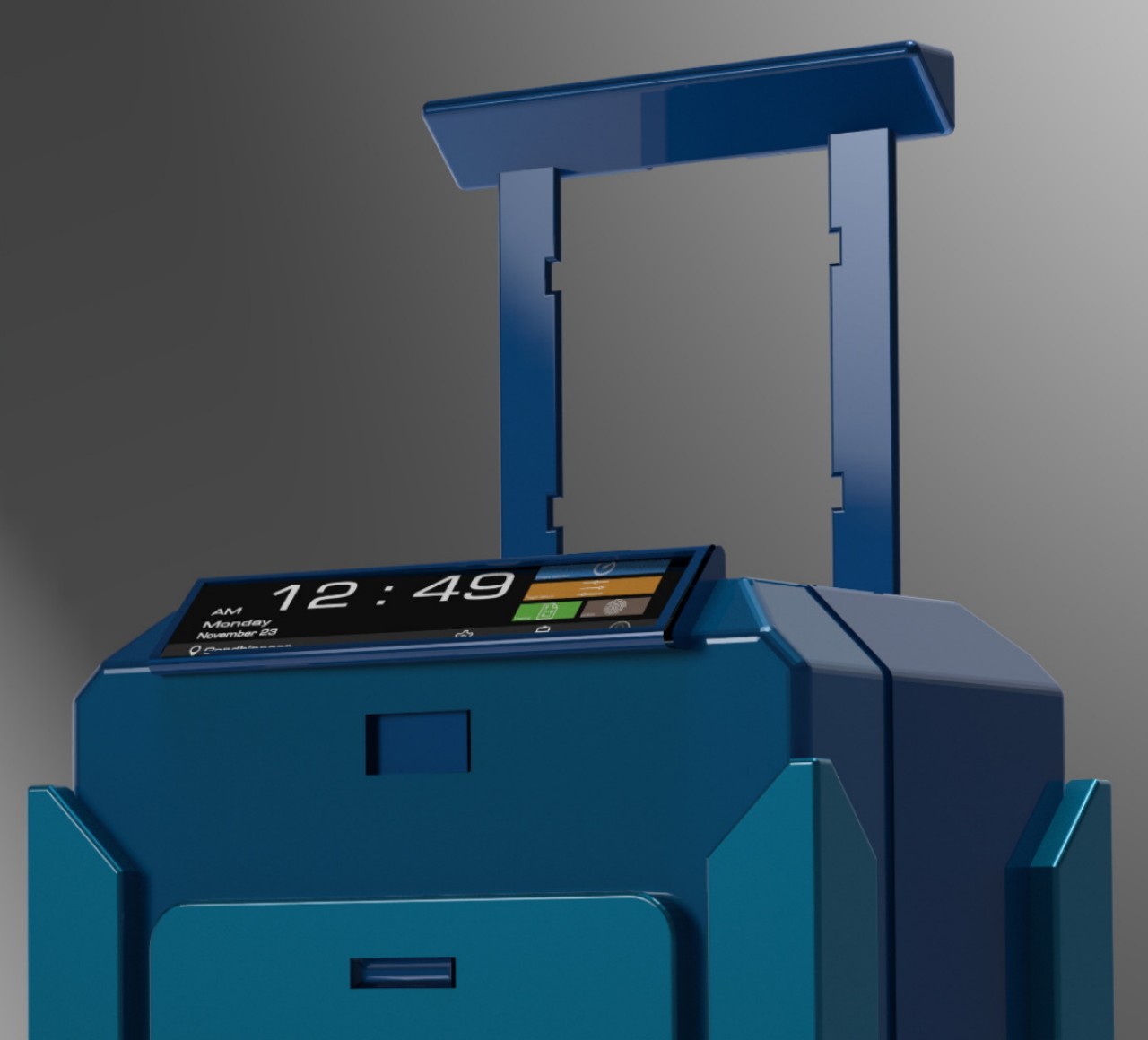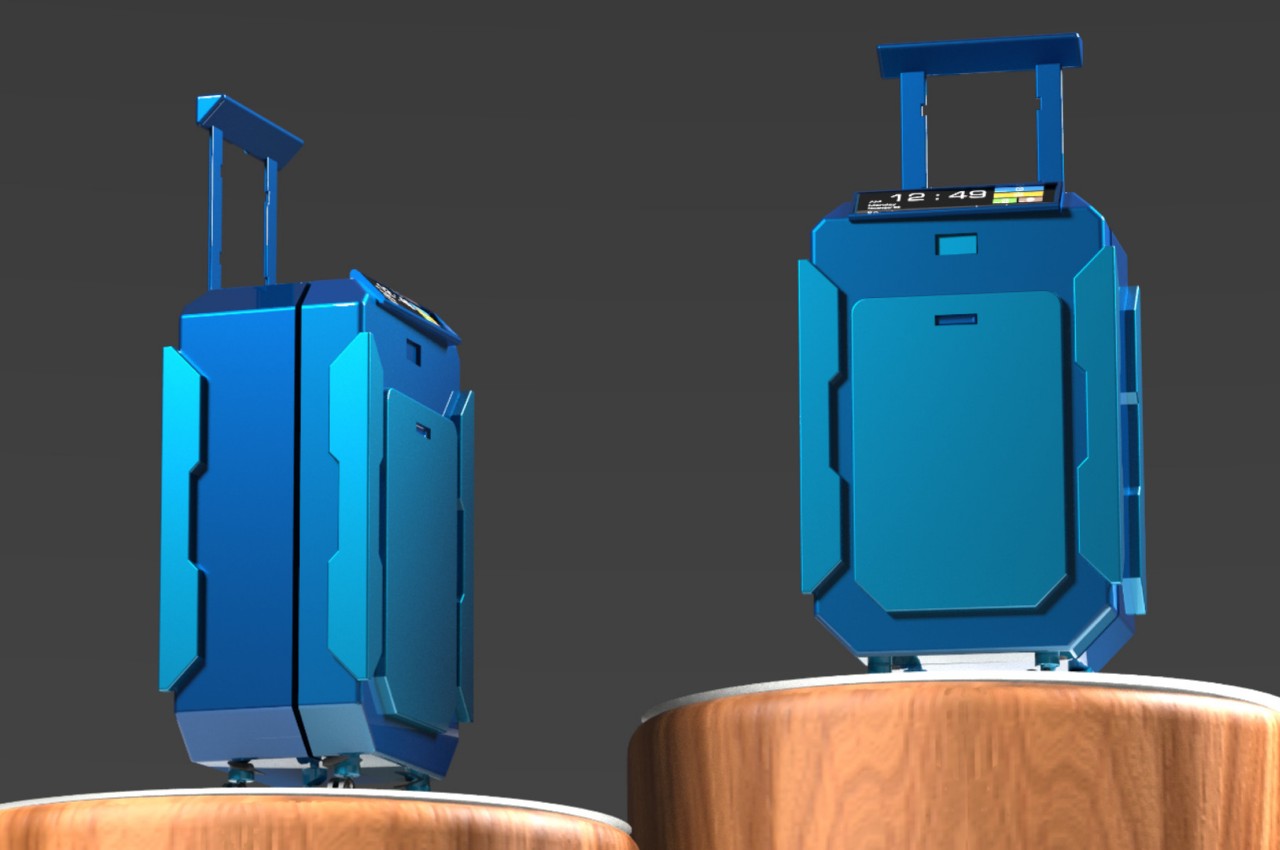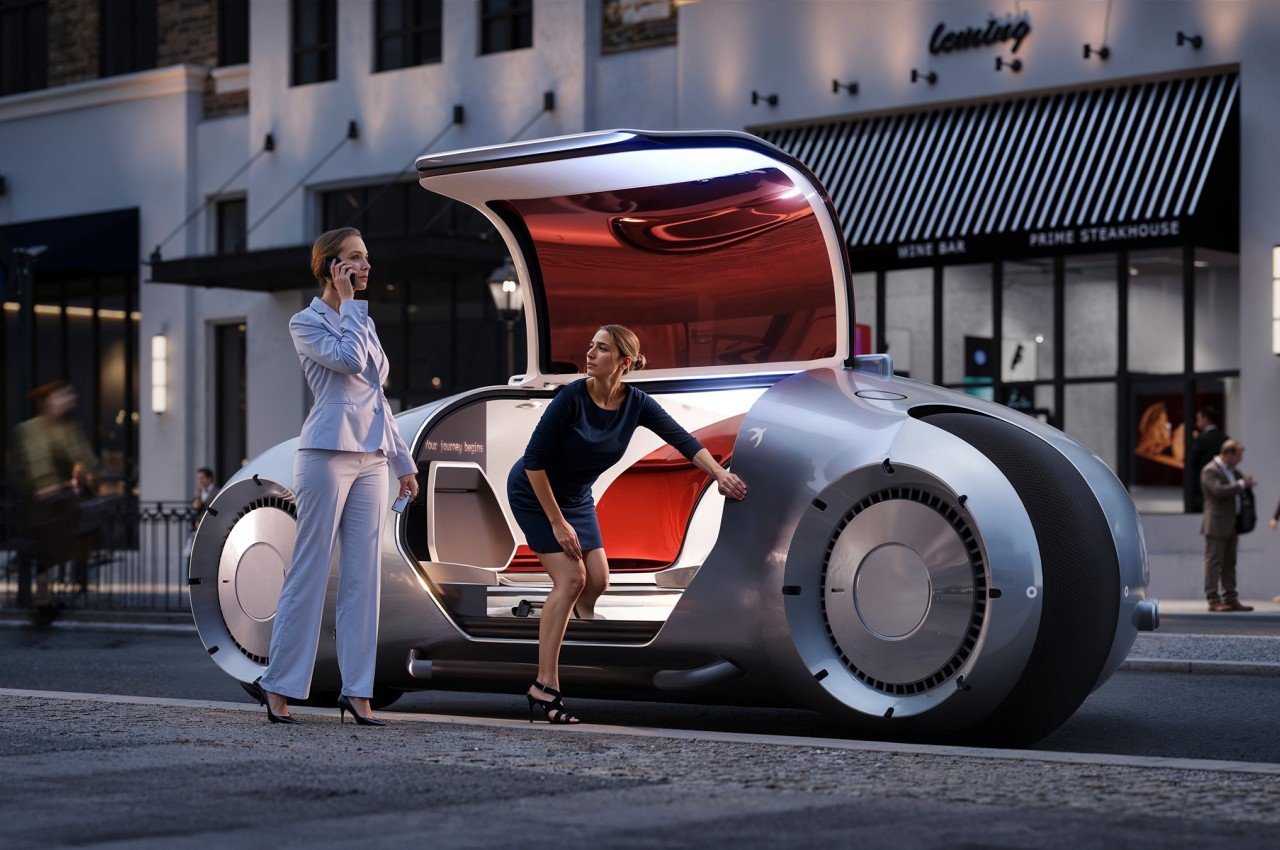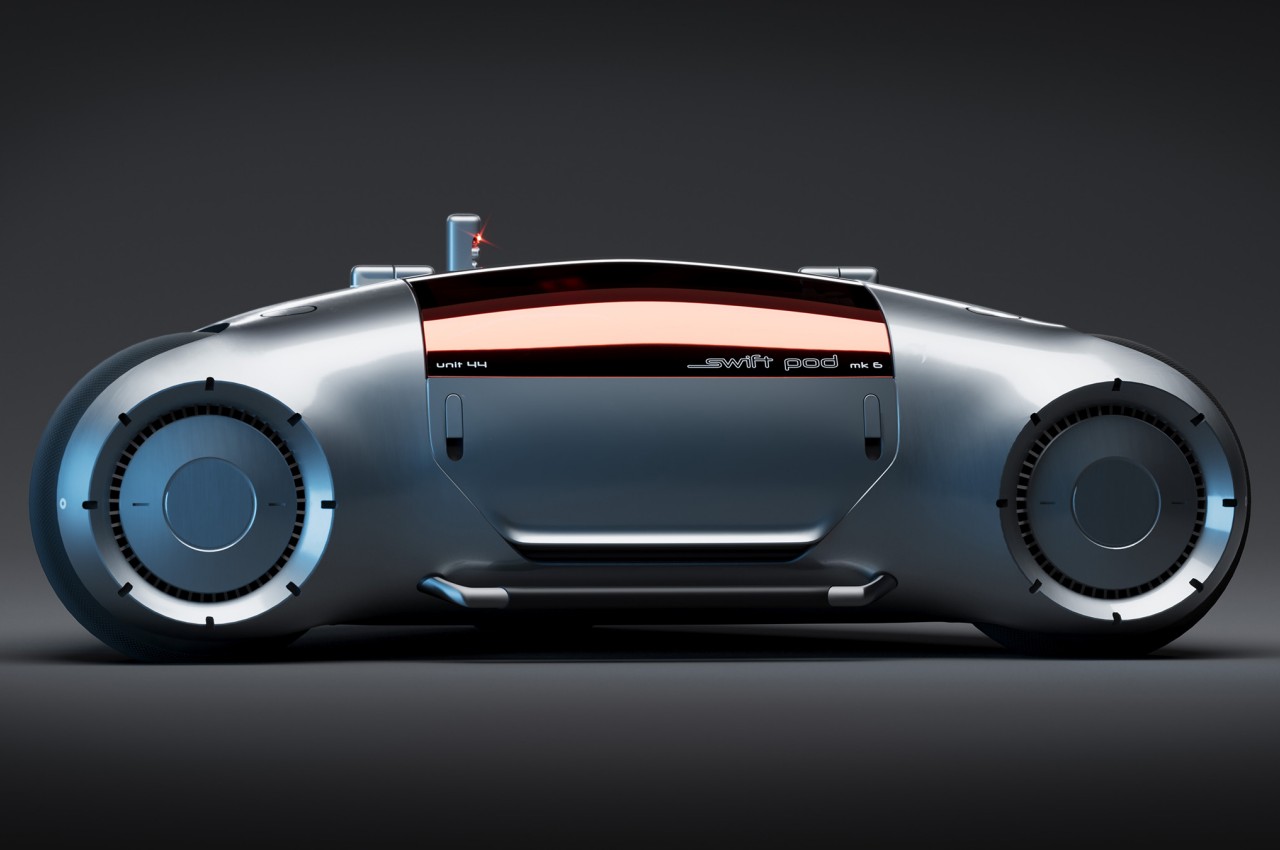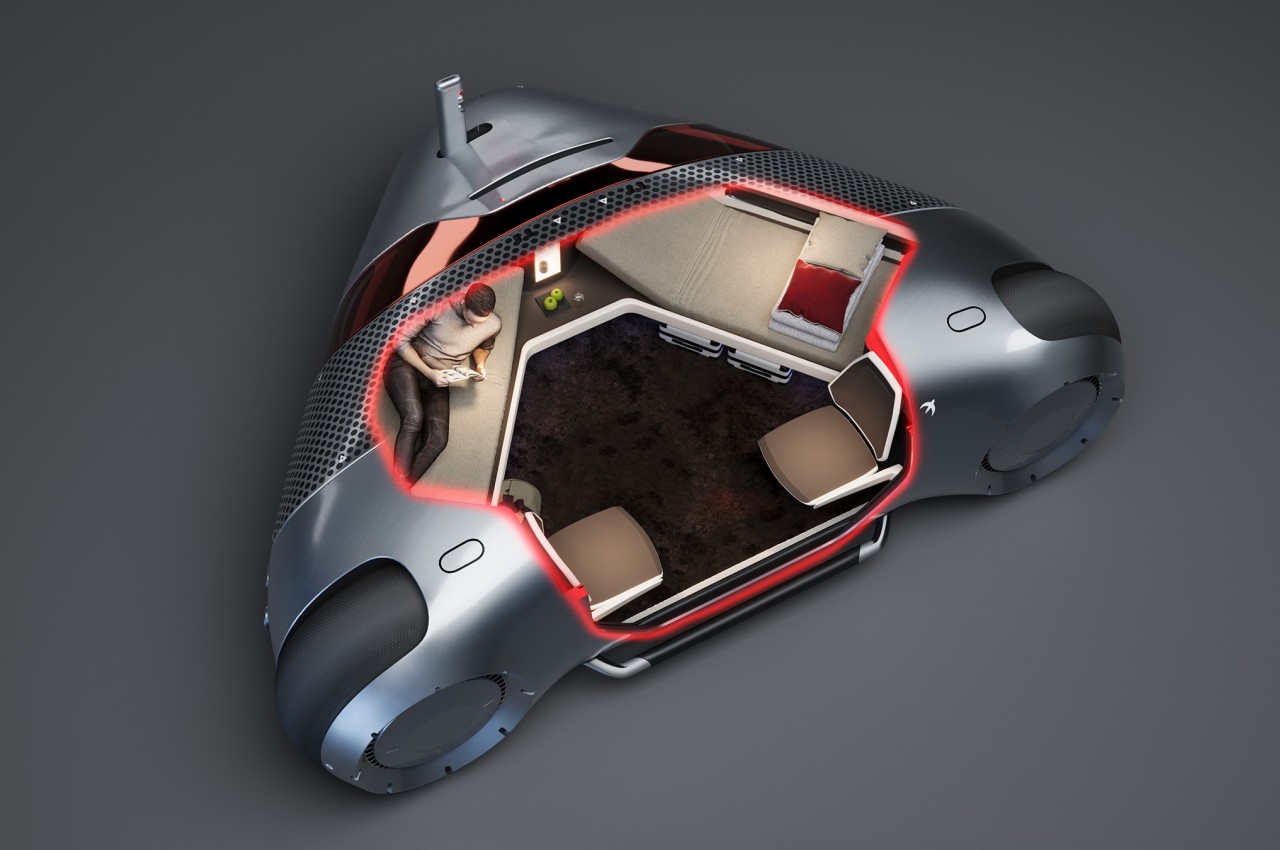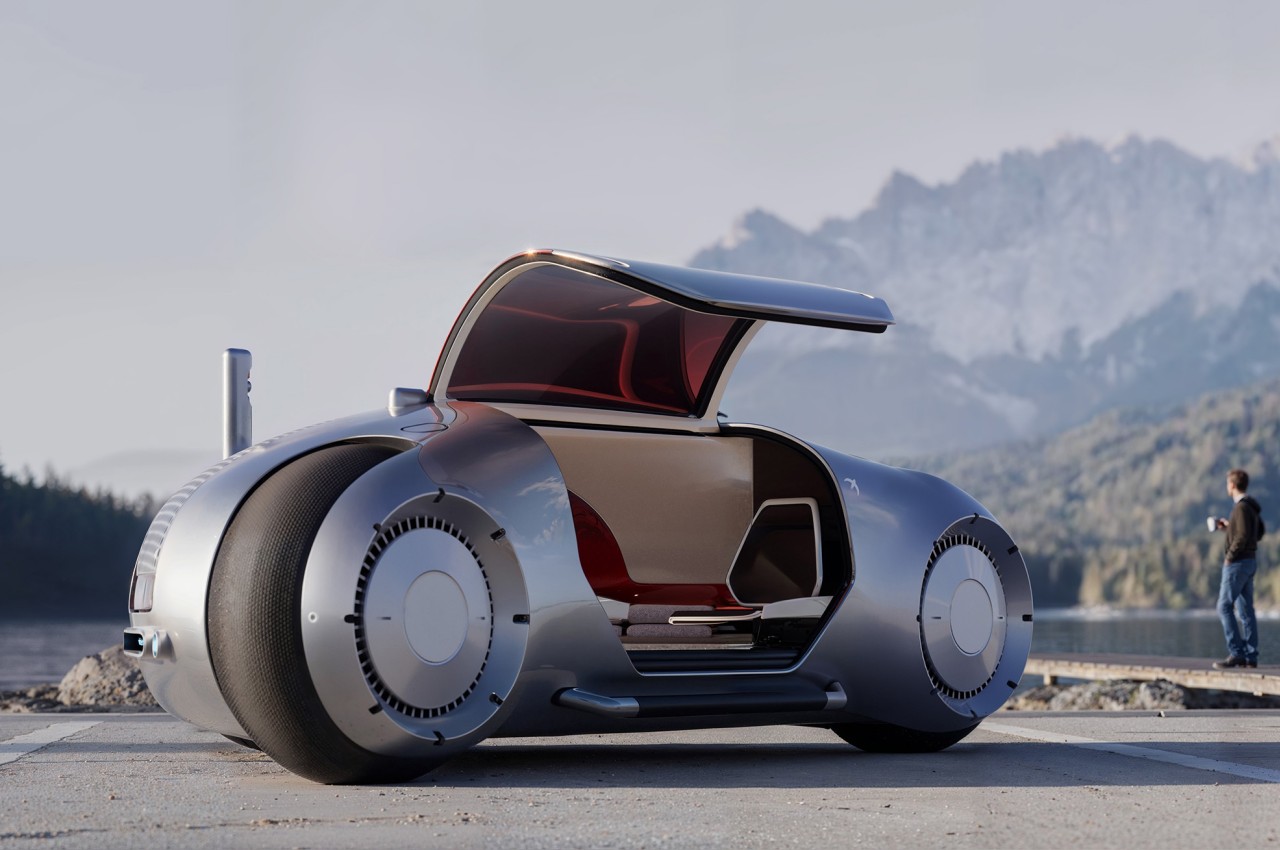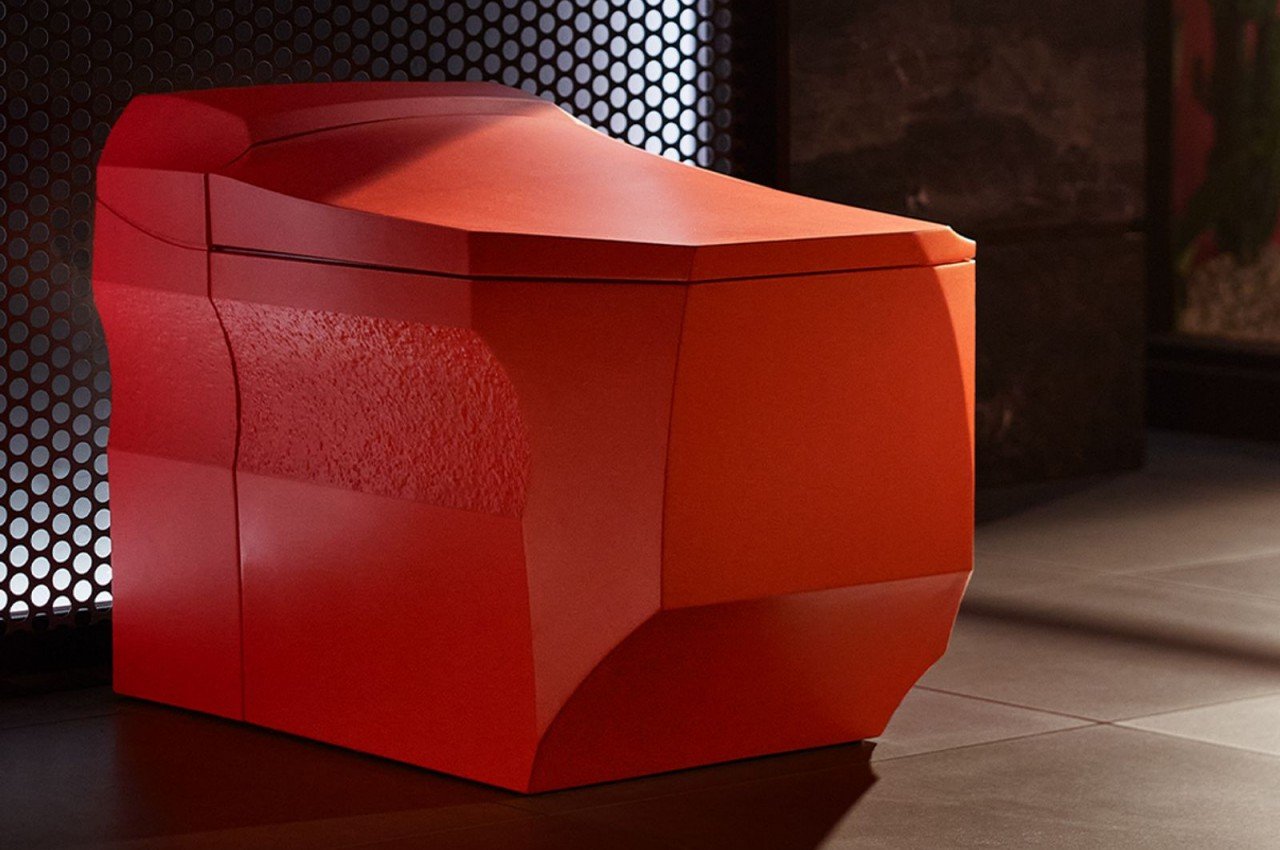
It’s almost too easy to take for granted what a toilet looks like, especially considering what we use it for. At the same time, that’s the very reason why these fixtures need to not only be well-designed but also aesthetic, providing a sense of comfort and maybe even delight despite and in spite of the context. That is why the majority of toilets are designed with shiny white surfaces and smooth curves in an attempt to provide a visual and tactile contrast to their purpose. That said, that is hardly the only way to design a striking product, and this rather unique toilet design concept uses a different strategy that still manages to capture the eyes and the mind with its brutalist form inspired by the powerful waters that course through it.
Designer: Kohler x SR_A
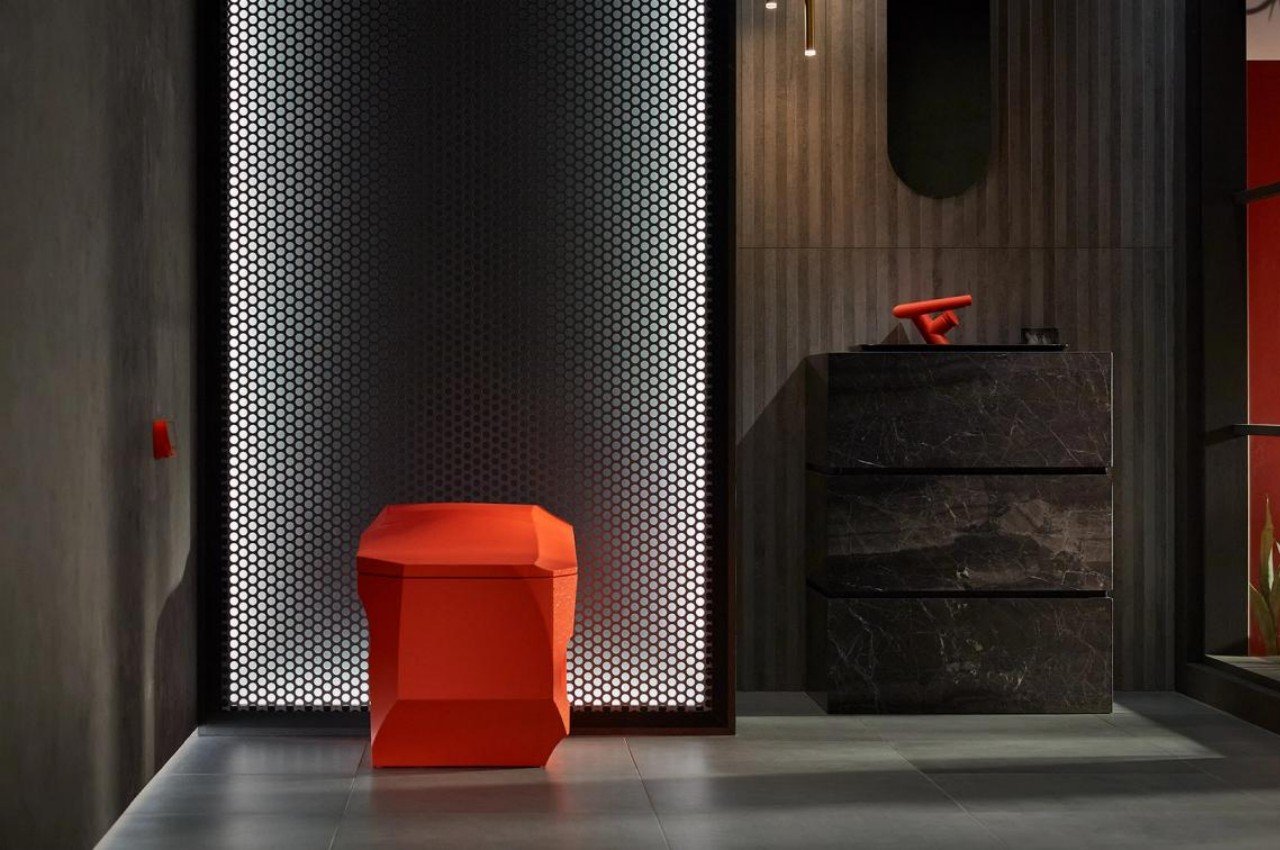
There’s really no hard rule on what a toilet should look like as long as it functions as intended and is more or less comfortable to use. That toilets are often white, smooth, and curvy is simply a matter of convention and convenience. There are, of course, exceptions to these that add a bit of flair to the bathroom, and the Formation 02 is one design that immediately stands out from the crowd both in its shape and its unconventional color.
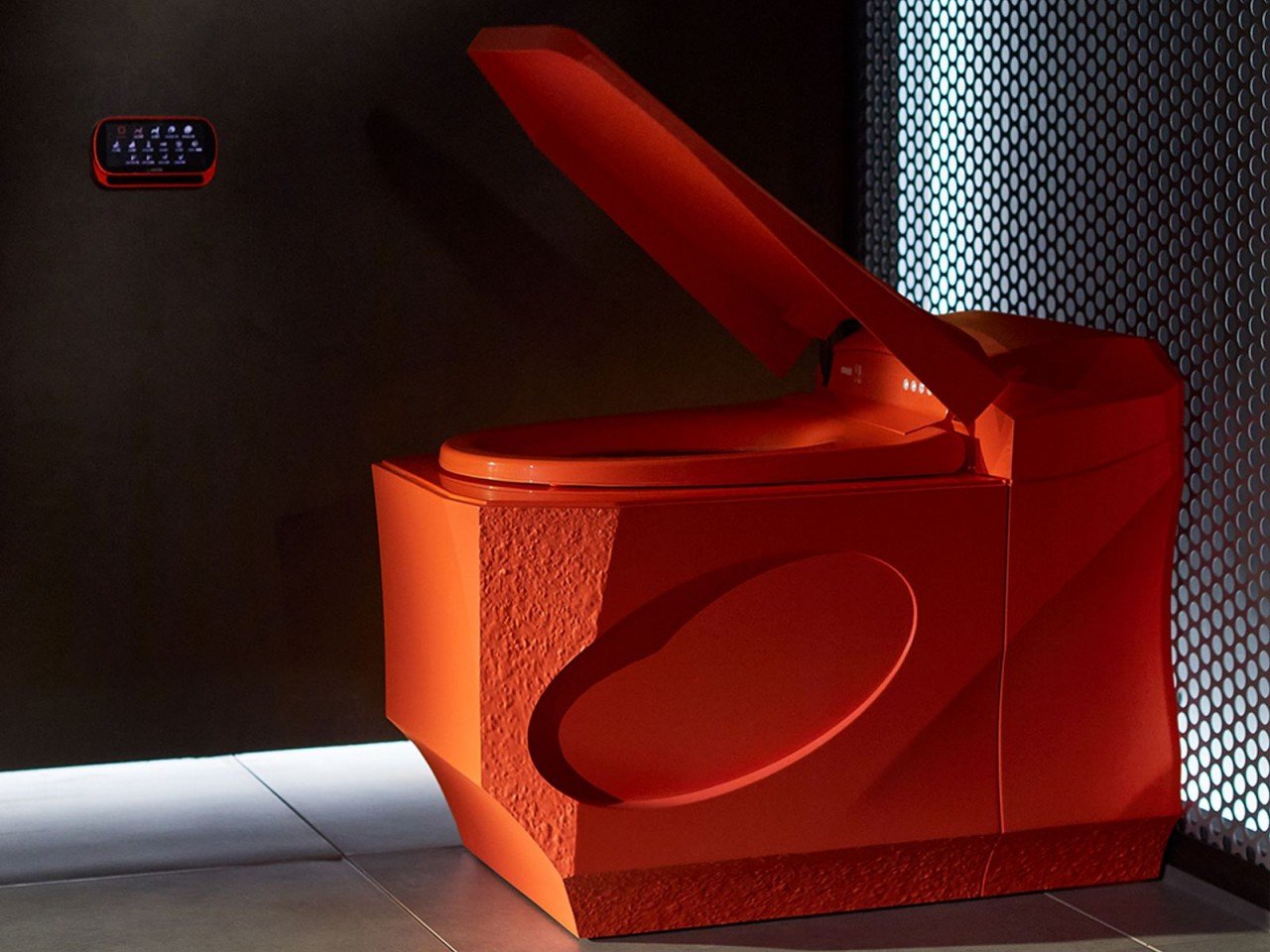
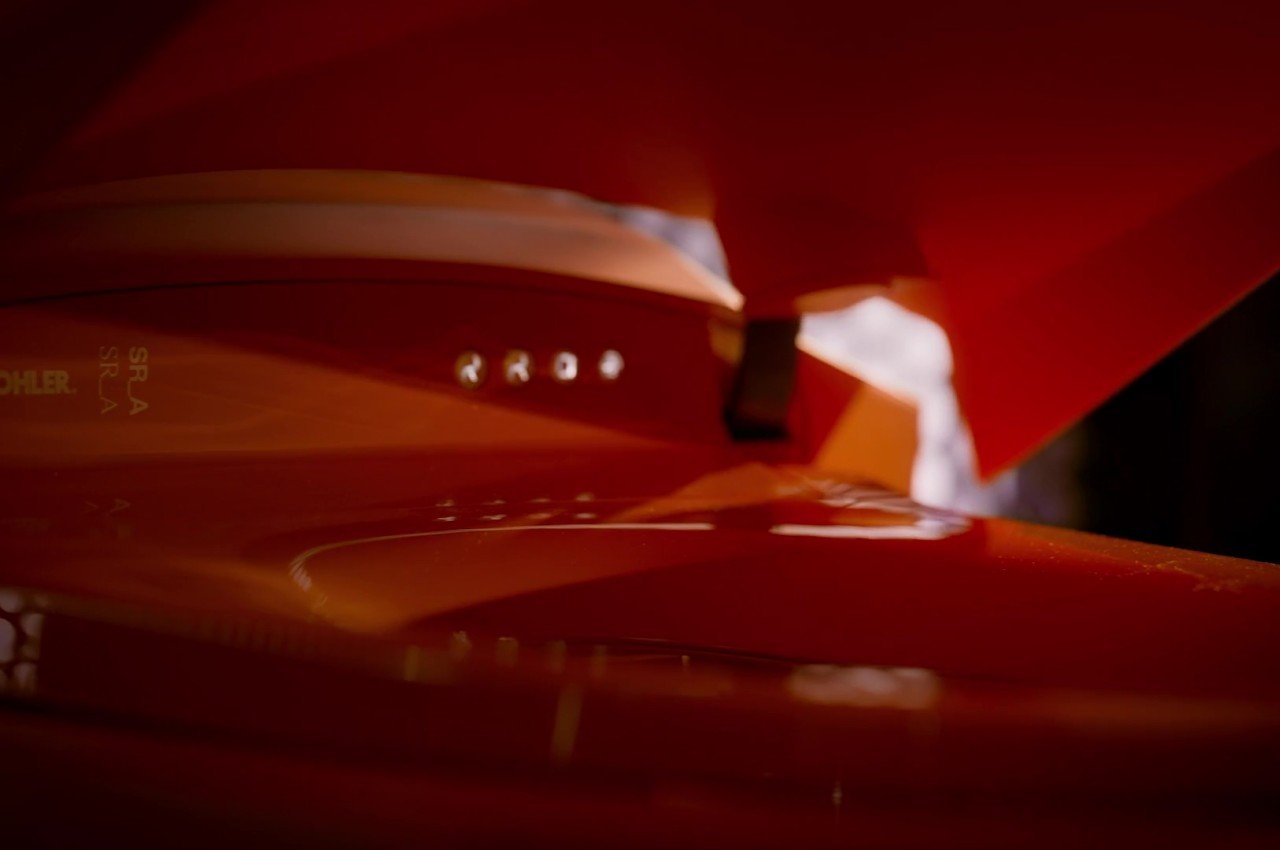
As if its orange paint weren’t enough to get it noticed, the Formation 02’s blocky and faceted form evokes a different imagery from typical toilets. It has a rough sort of character as if the whole body was hewn from stone, giving it a brutalist aesthetic you won’t find in any toilet. It’s a design chosen not merely for the sake of being different but for the message it tries to convey.
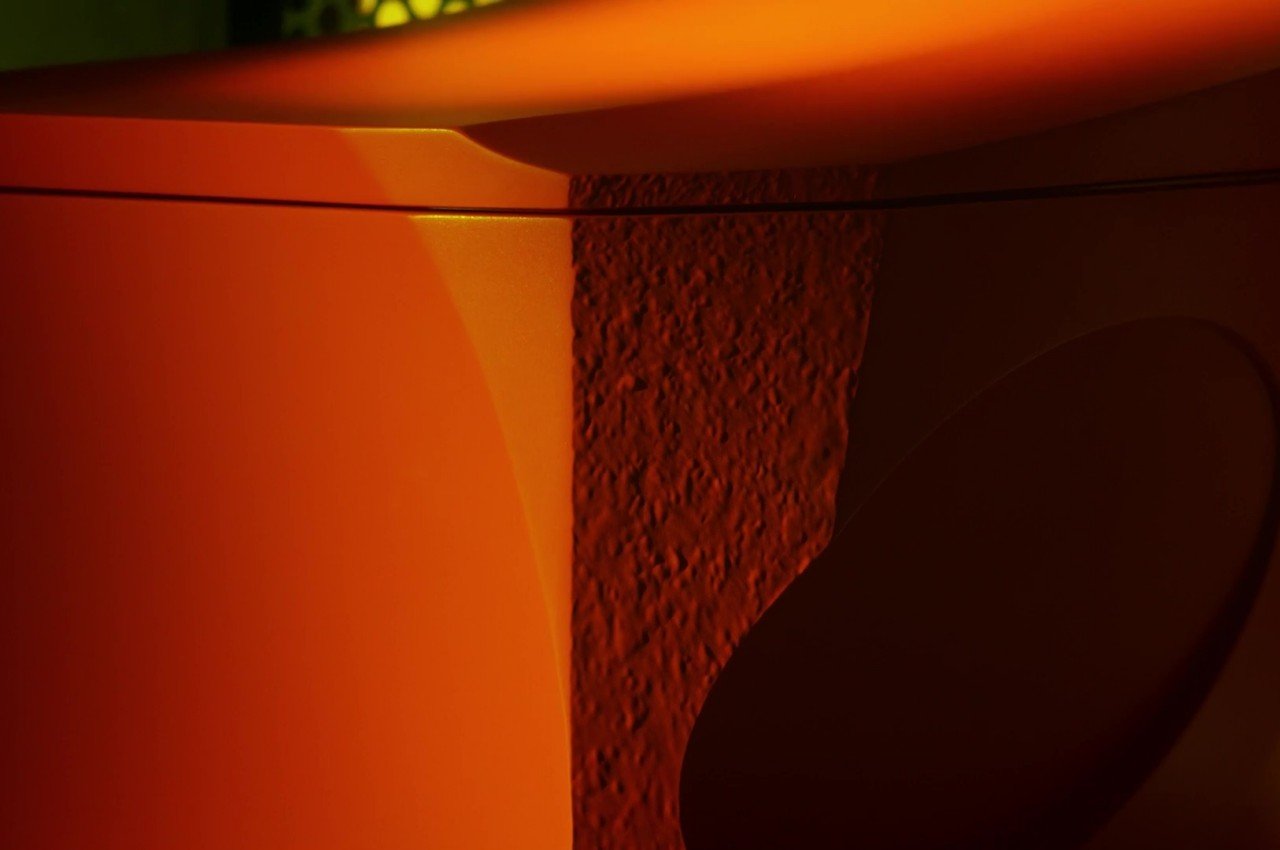
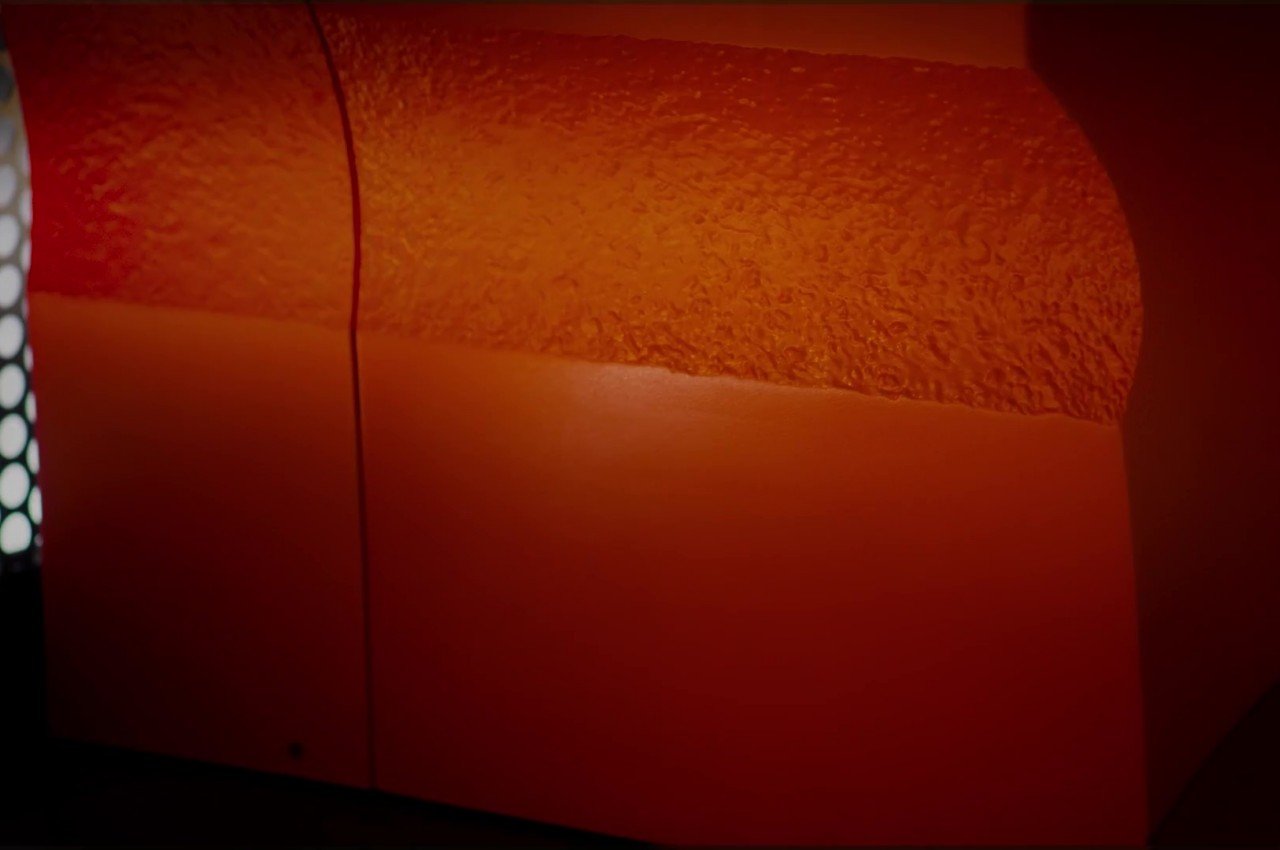
In particular, it tries to demonstrate the effects of moving water on its environment, shaping and changing the way things look. Sometimes it can smooth out rocks into pebbles, but sometimes it can also wear them down to rough surfaces. The Formation 02 represents both possibilities, with some sides smooth while others left rough and raw.

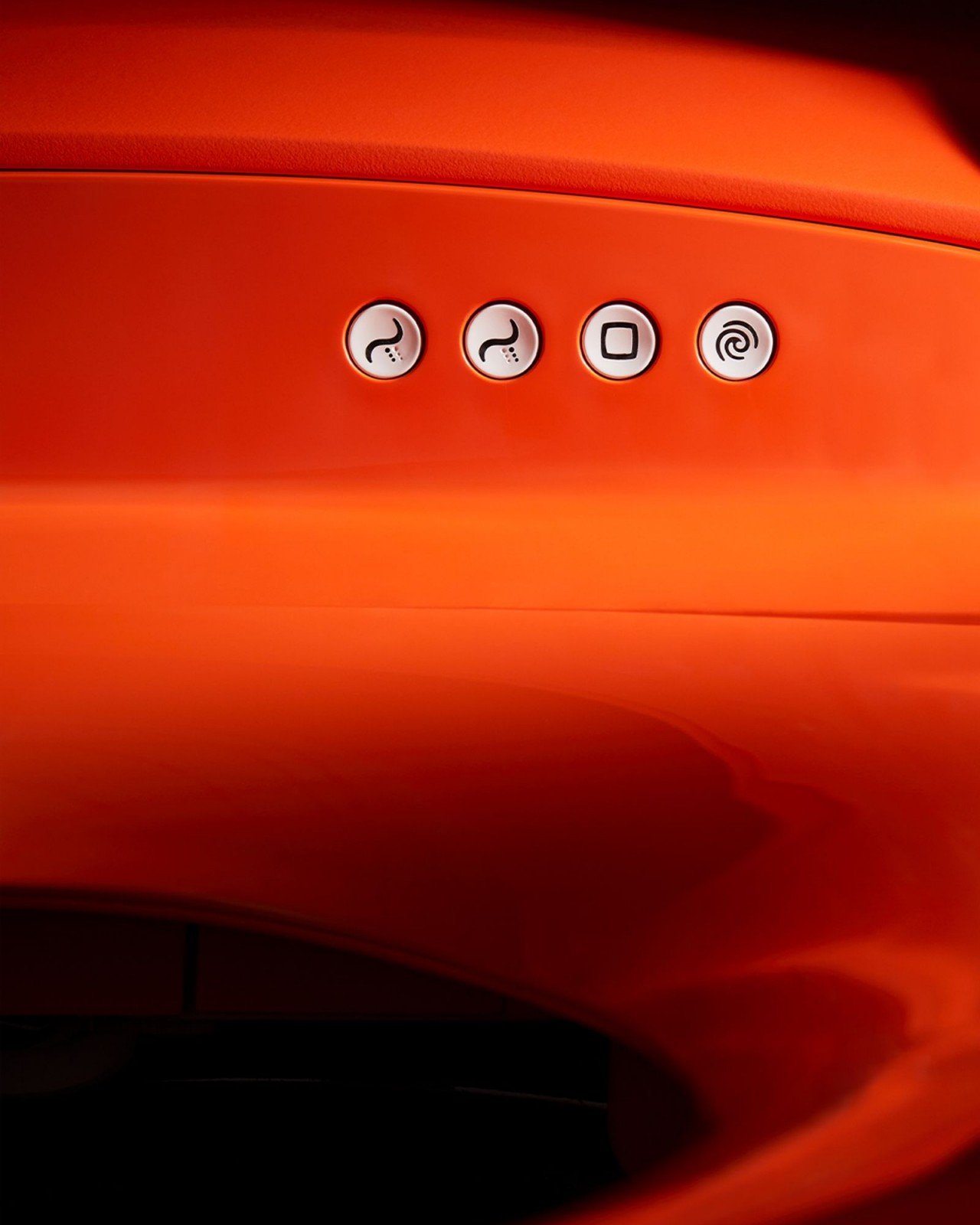
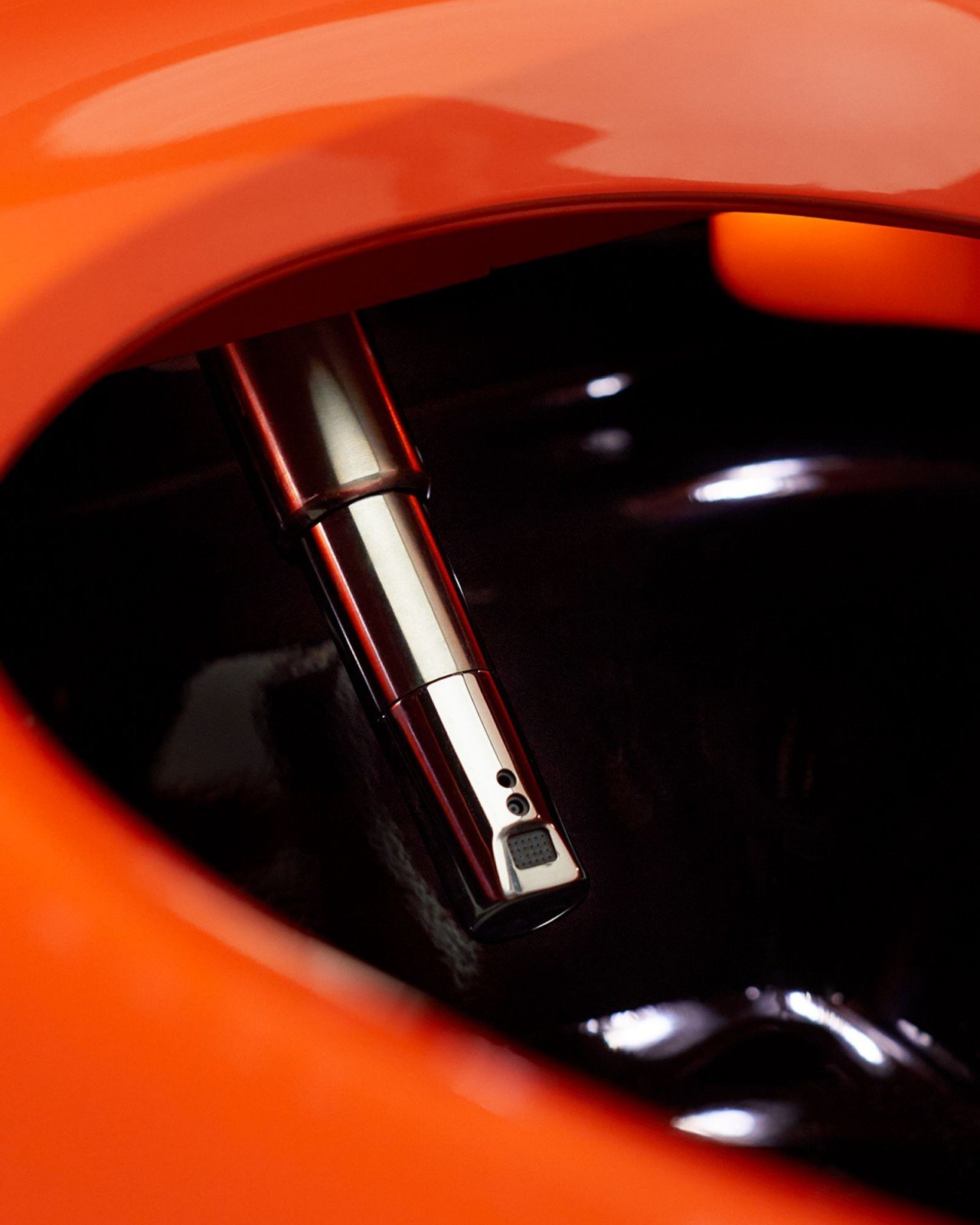
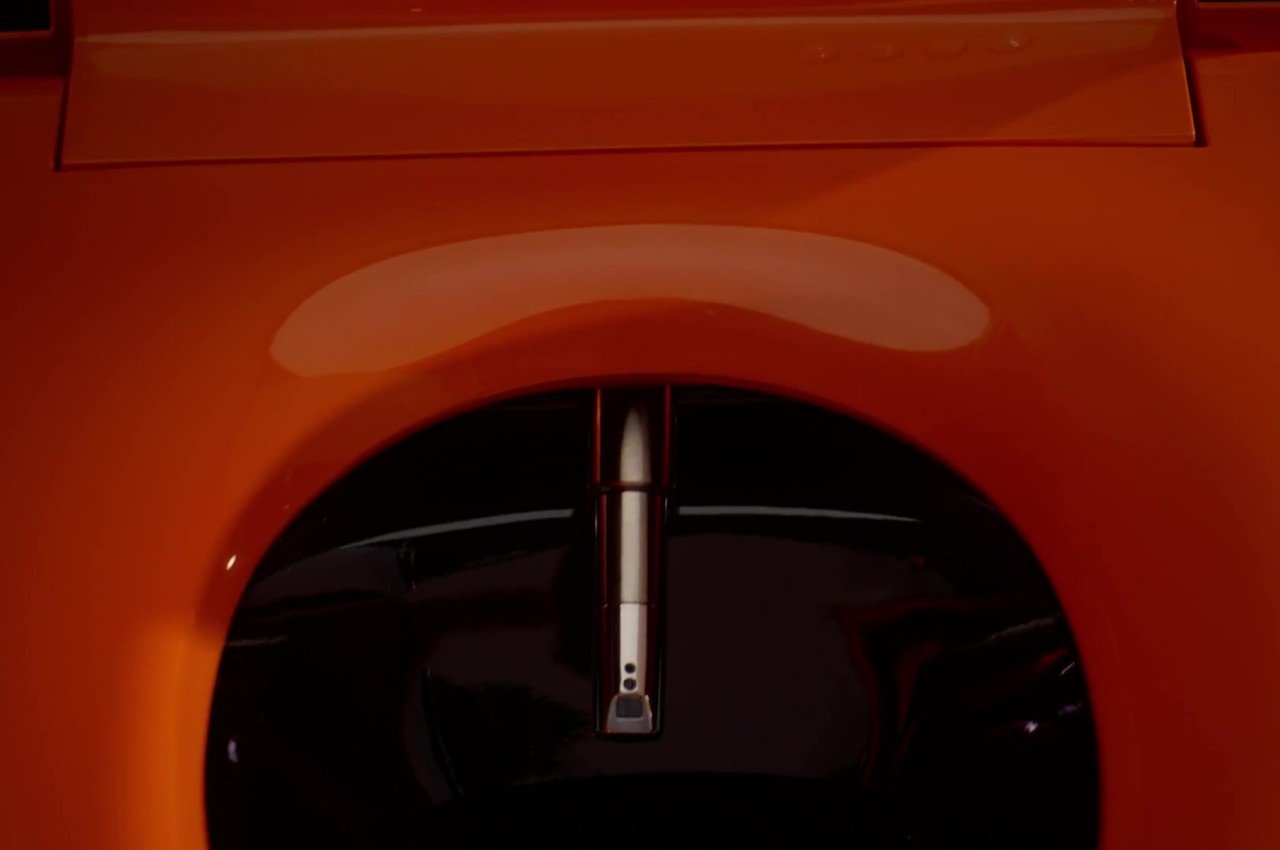
While it might indeed look rough on the outside, the Formation 02 is still a functional toilet that brings comfort and convenience once the lid is lifted, which can be done without even touching it. It’s a smart toilet, after all, and it offers a heated seat, customizable bidet cleansing, and more, allowing you to do your thing neatly and cleanly while appreciating the distinctive design of this one-of-a-kind toilet concept.
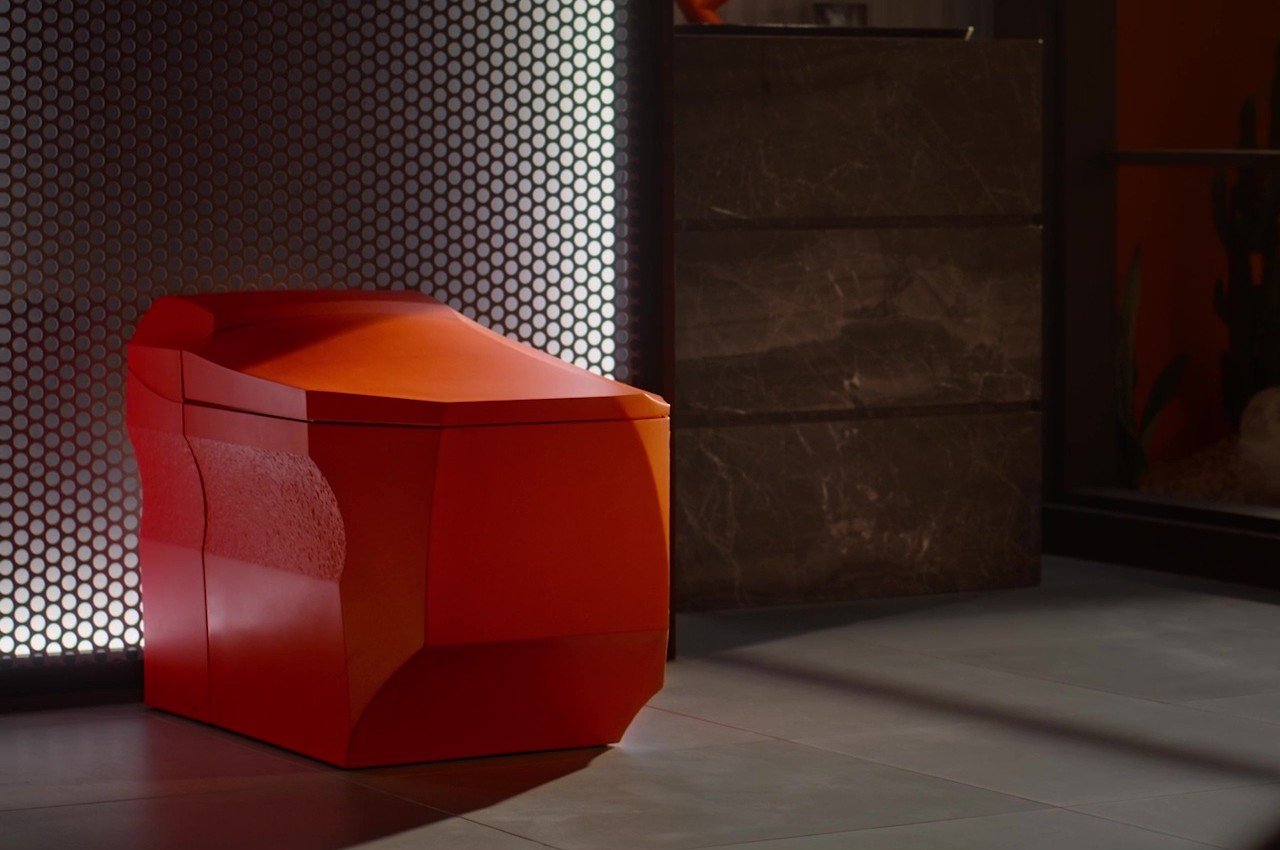
The post Kohler brutalist smart toilet conveys the transformative power of water first appeared on Yanko Design.




